KINGFISHERS, BEE-EATERS AND ROLLERS
One of the most colourful groups in the world, most are found in tropical areas, and we have been lucky enough to see many.
Britain is sadly under-represented, having just one Kingfisher, with another plus Roller and two Bee-eaters (one of which
has bred) listed as vagrants. Whilst climate change might see us with European Bee-eater breeding more regularly, all the others are
real rarities. Kingfishers in many cases are forest dwellers and difficult to photograph or even see in some cases, plus many are
in areas difficult to visit, so many here are "easy" ones, but still worth looking at. I have also included Ground Rollers as they are also Coraciiformes, but Cuckoo-Roller is a
monotypic order. It will appear on the Madagascar page when I get round to it.
Last updated February 2025
e-mail:-alan@aabirdpix.com
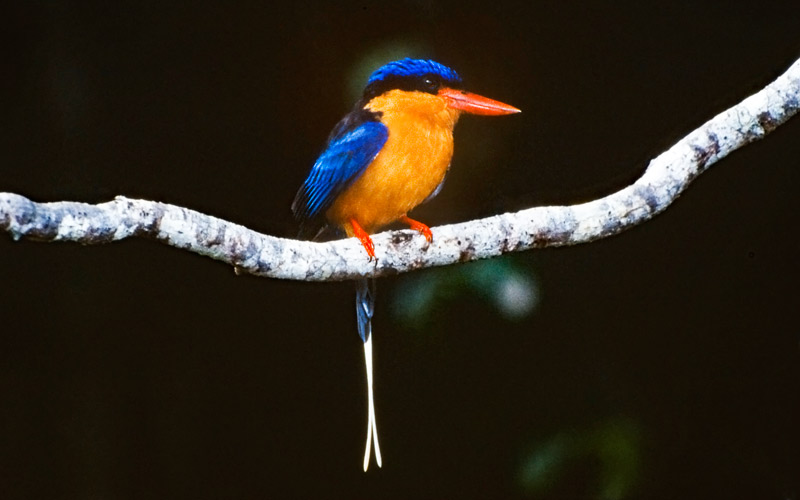
Taken Queensland 2002
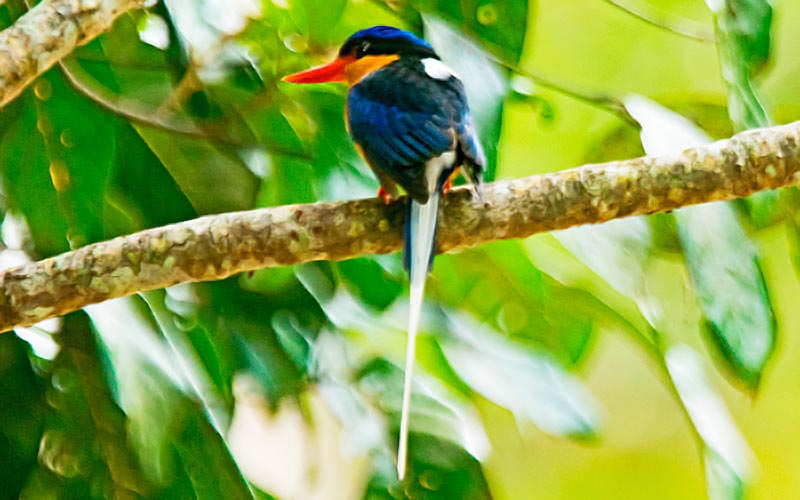
Taken Queensland 2019
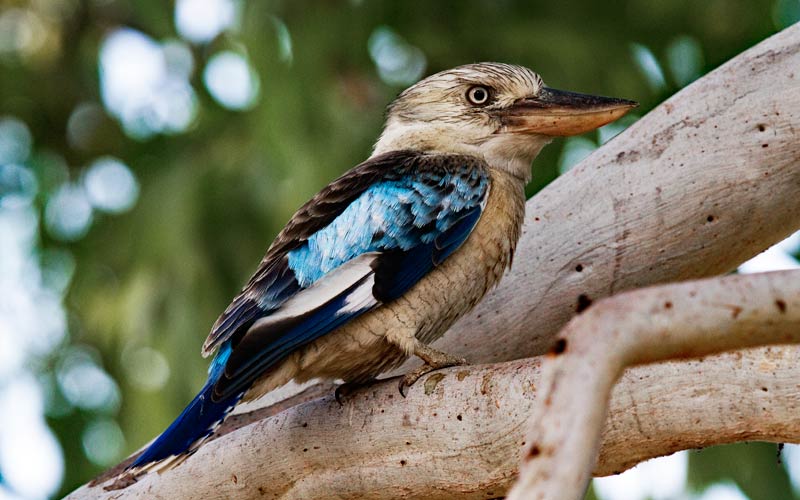
Taken Western Australia 2012 male
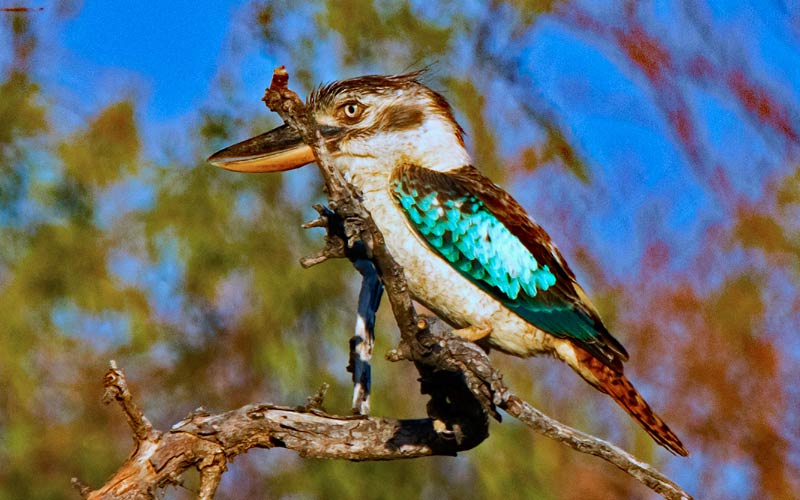
Taken Queensland 2019 female
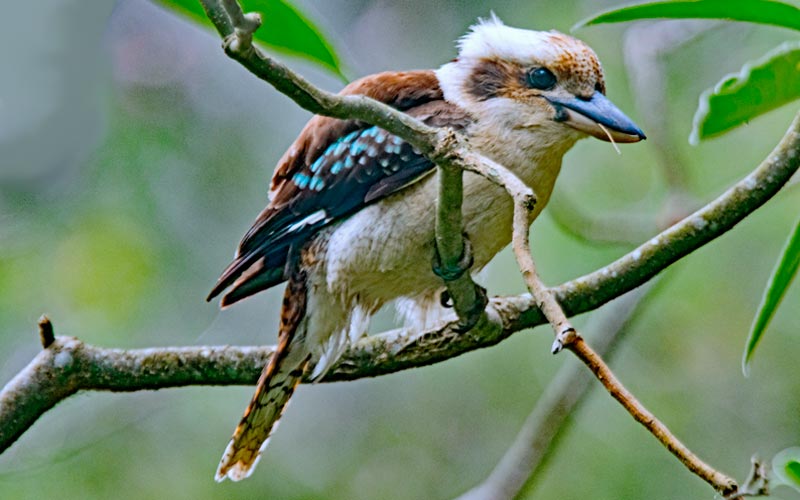
Taken New South Wales 2019
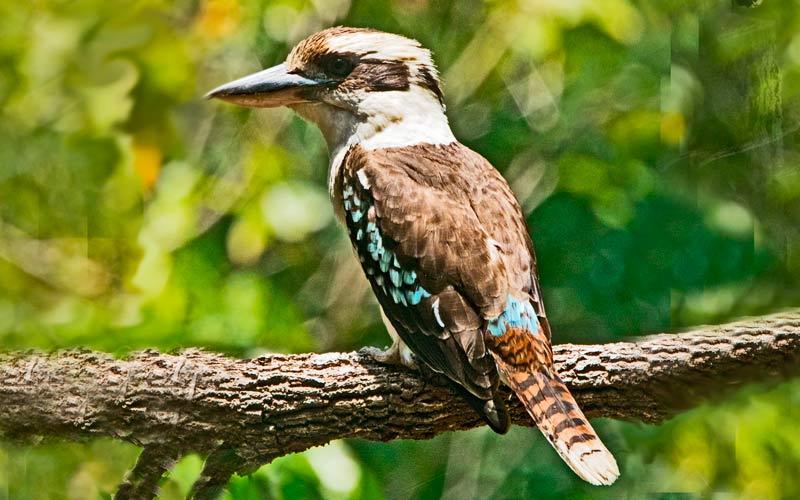
Taken Queensland 2019

Taken Sri Lanka 2023 race capensis
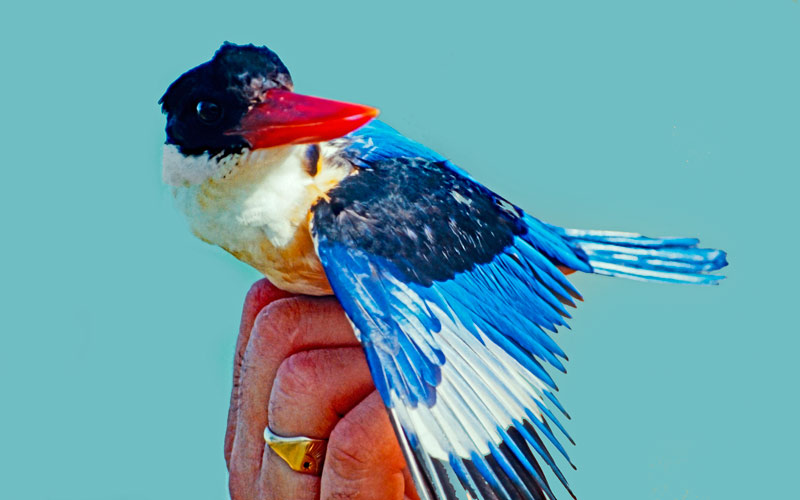
Taken Mai Po, Hong Kong 1991

Taken Sri Lanka 2023
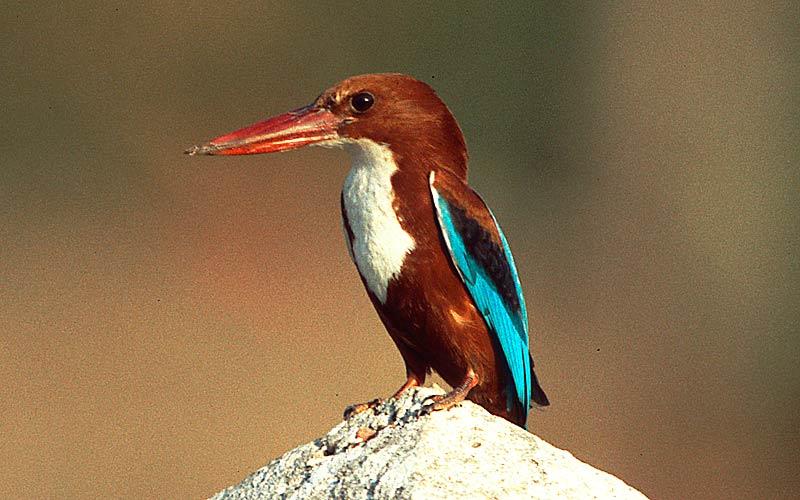
Taken Goa 1998
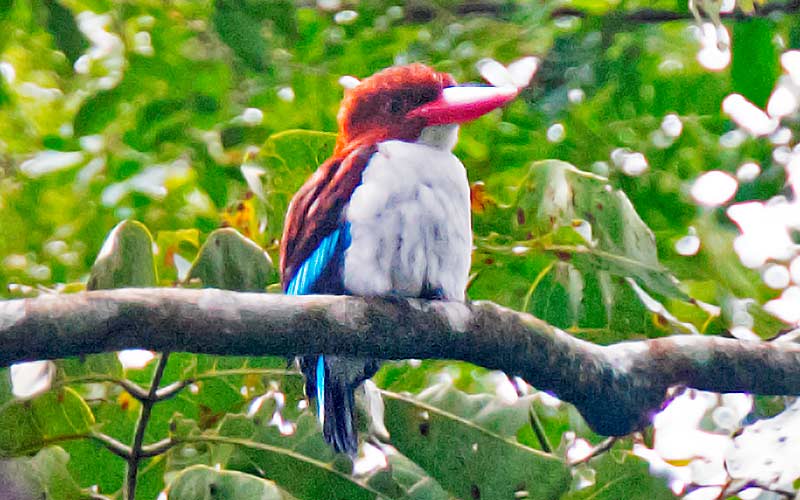
Taken Budongo Forest Uganda 2016
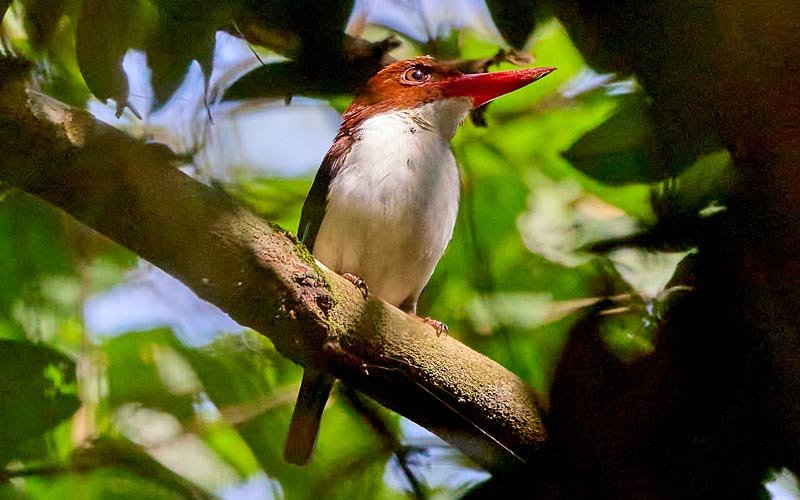
Taken Ghana 2024
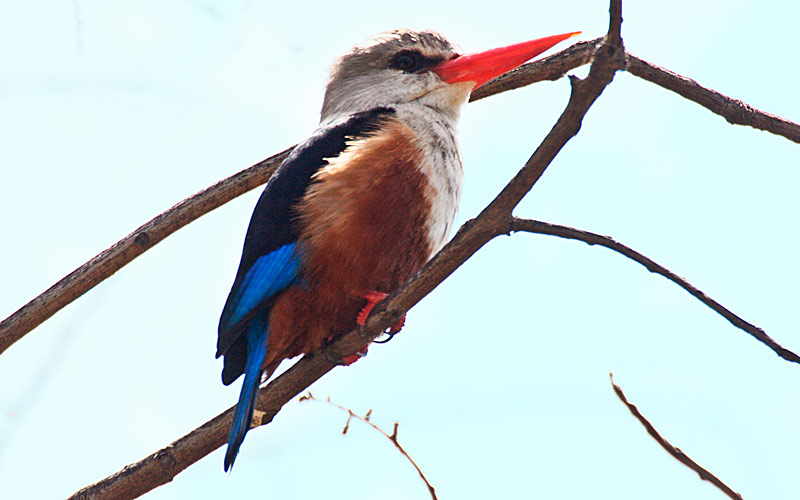
Taken Cape Verde 2005
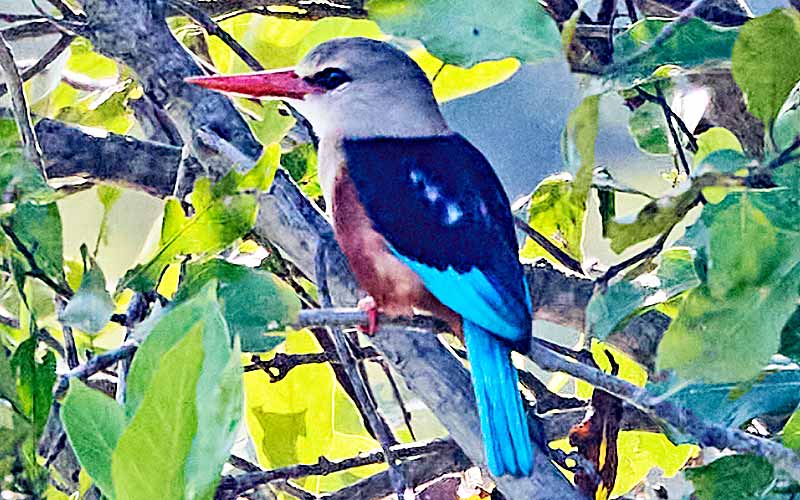
Taken Ghana 2024
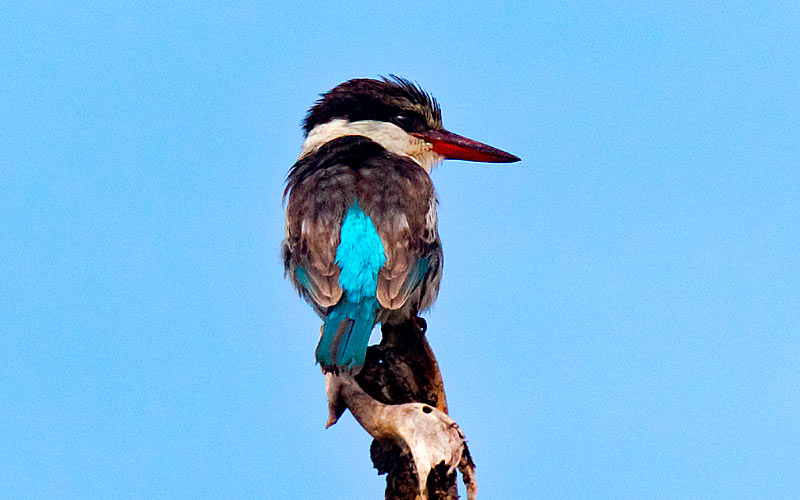
Taken Uganda 2016

Taken Uganda 2016
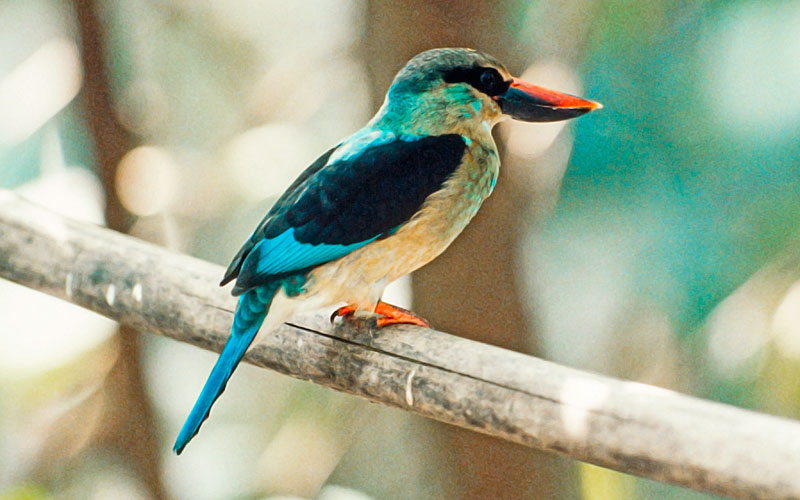
Taken Gambia 1991
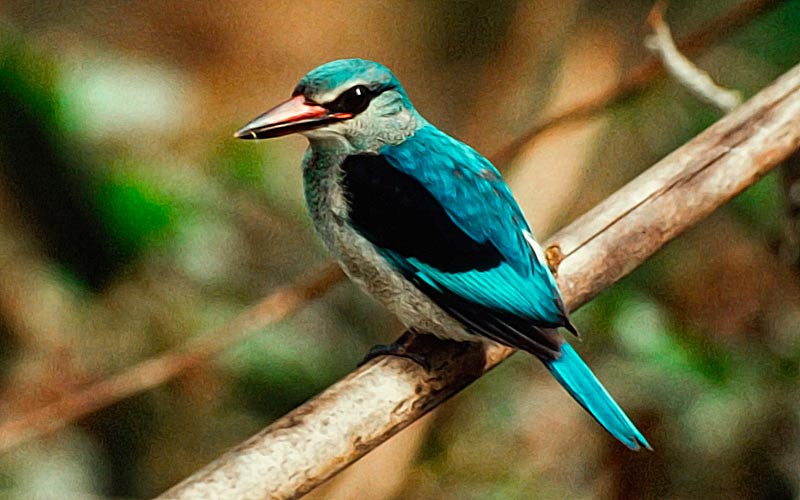
Taken Gambia 1991
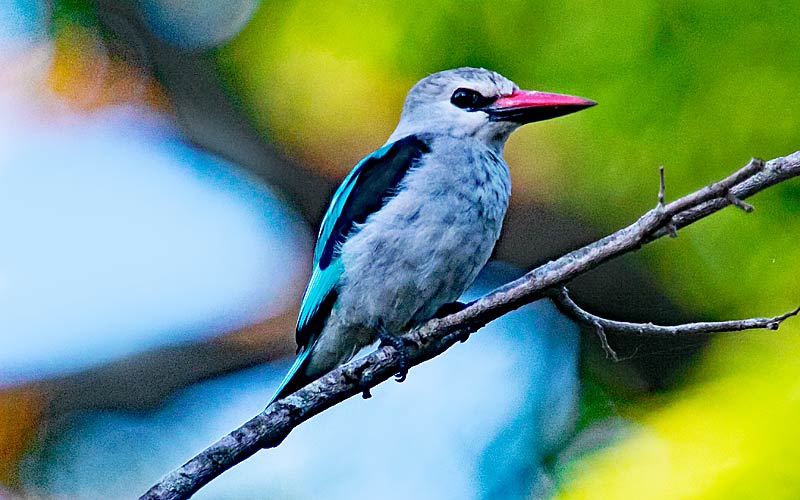
Taken Uganda 2016
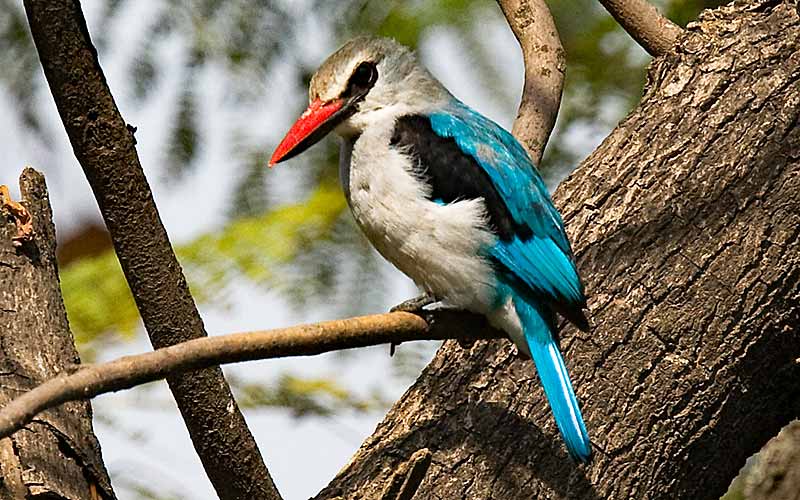
Taken Ethiopia 2011
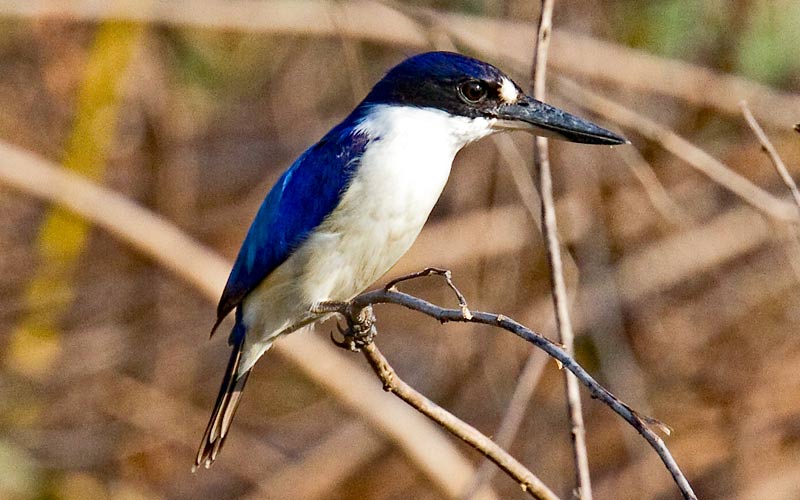
Taken Northern Territory 2012 nominate
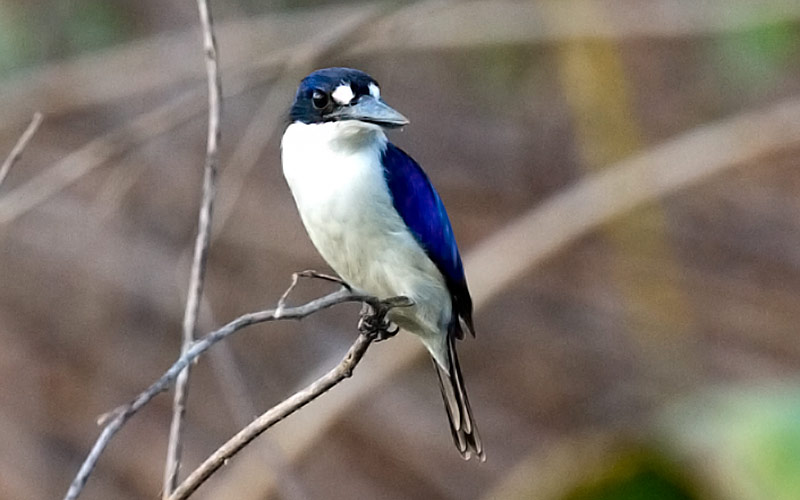
Taken Northern Territory 2012 nominate
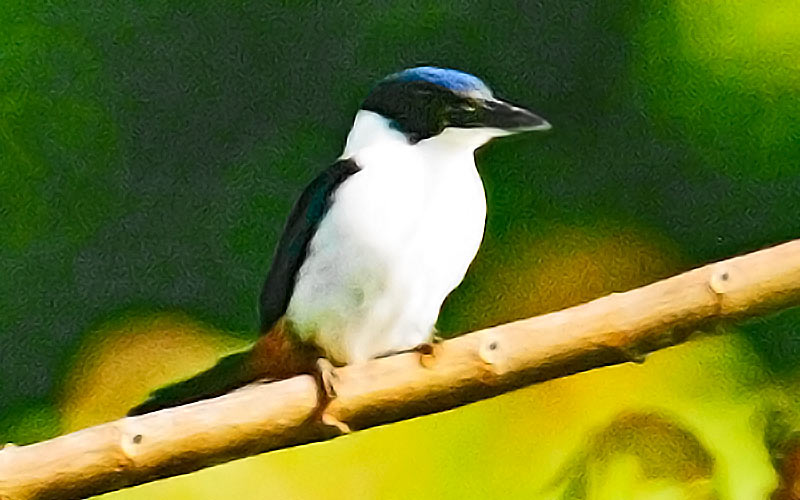
Taken Guadalcanal 2007 male
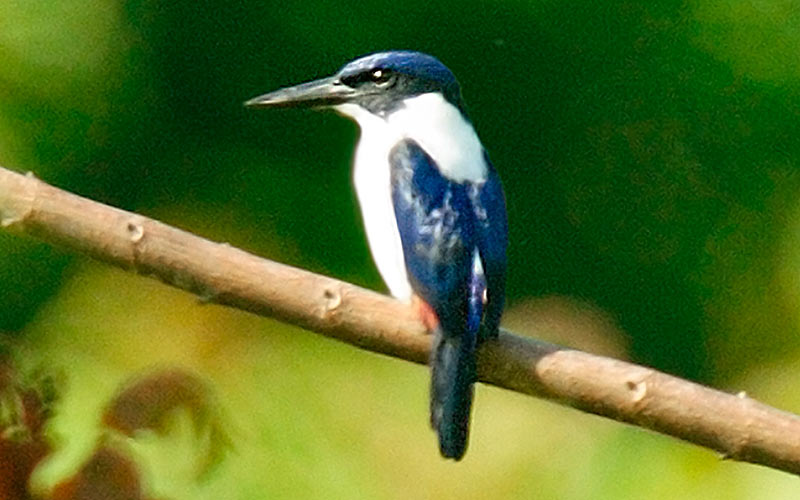
Taken Guadalcanal 2007 male
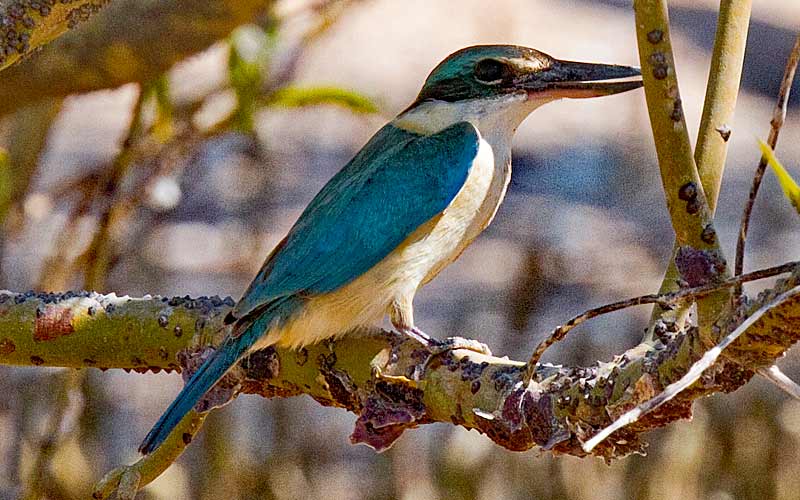
Taken Western Australia 2012 race pilbara
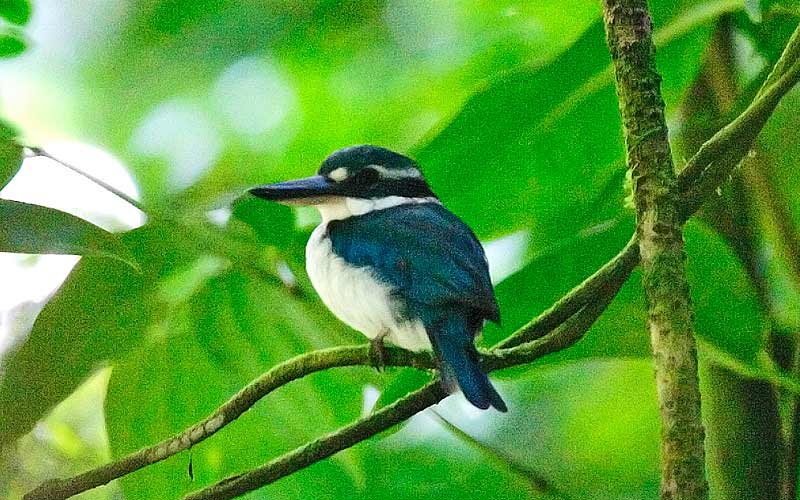
Taken Rennell 2007
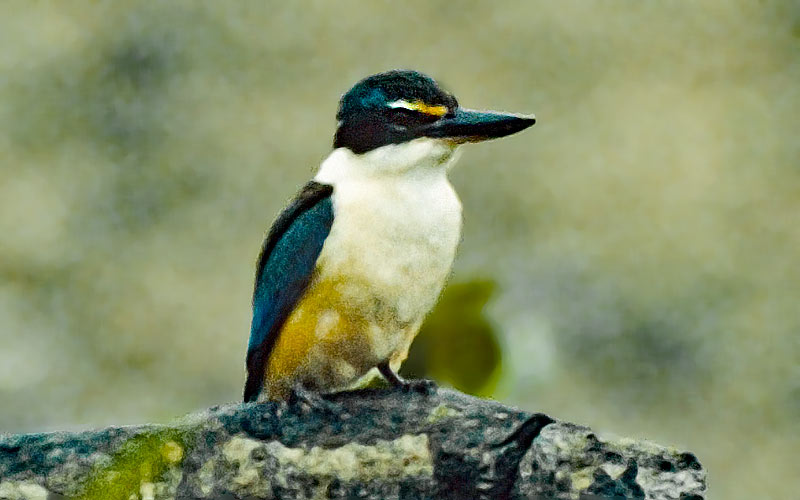
Taken New Zealand 1997
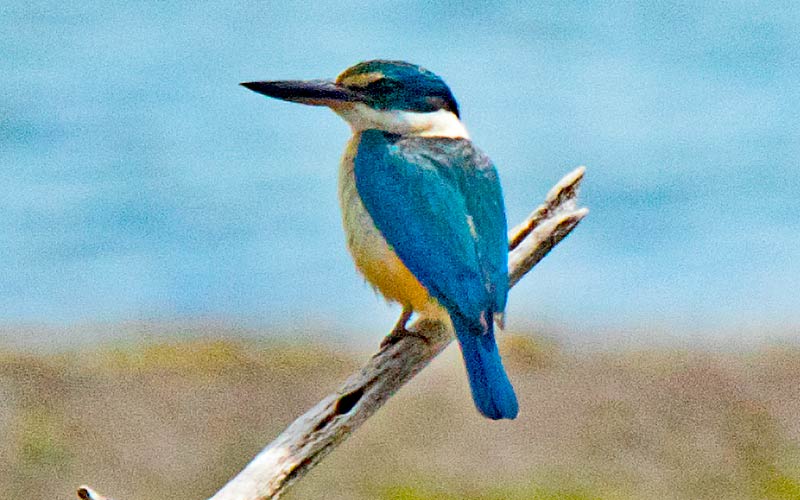
Taken Queensland 2019

Taken Cook Islands 1997
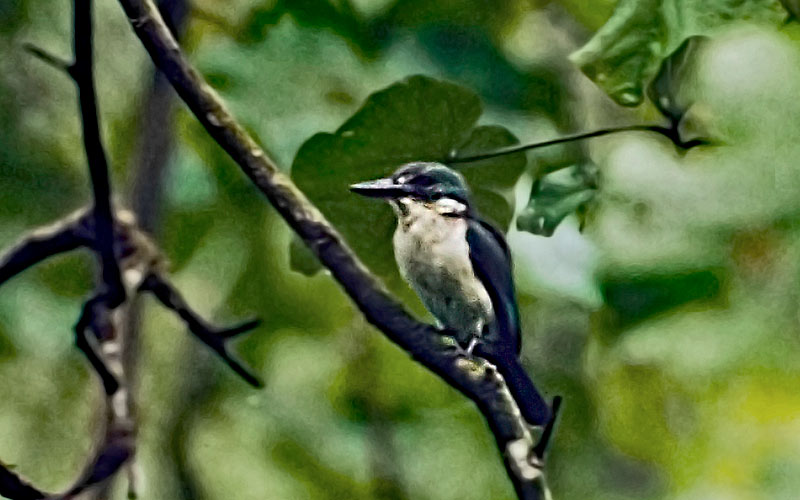
Taken Tahiti 1997
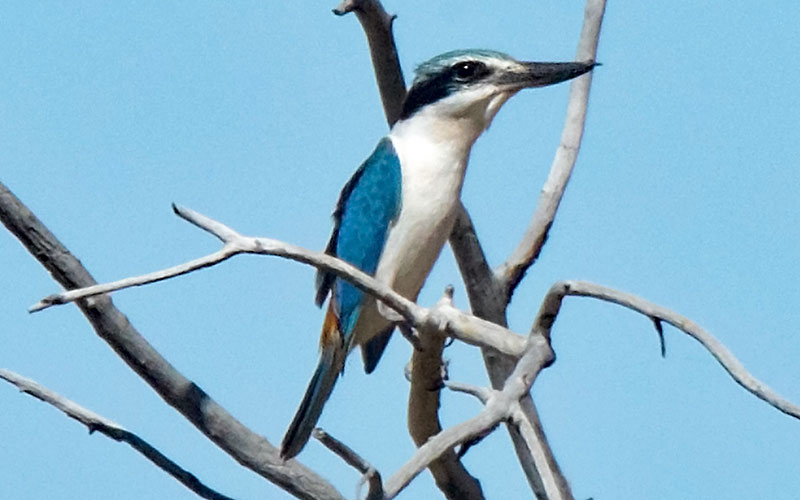
Taken South Australia 2019
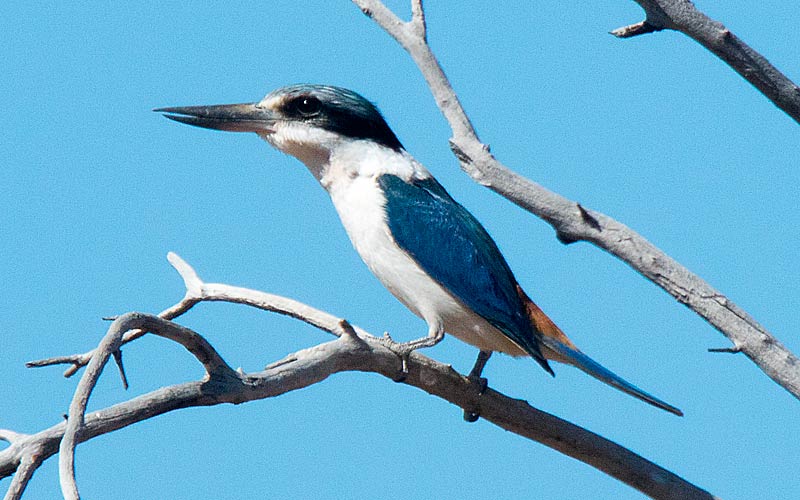
Taken South Australia 2019
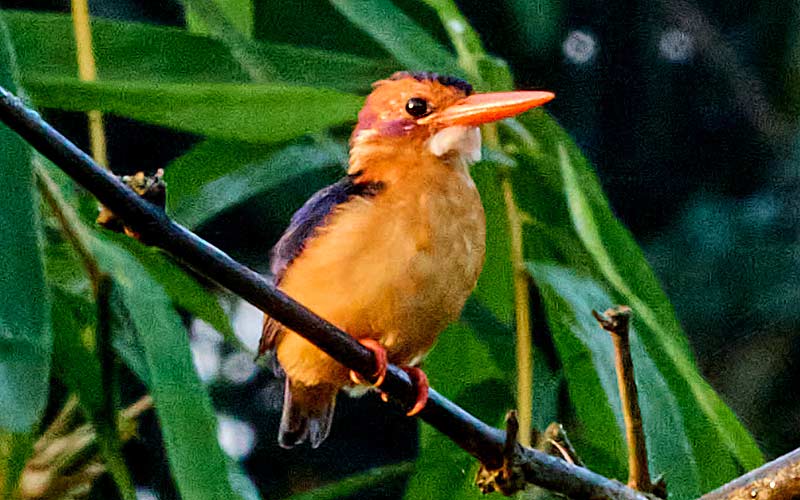
Taken Ghana 2024
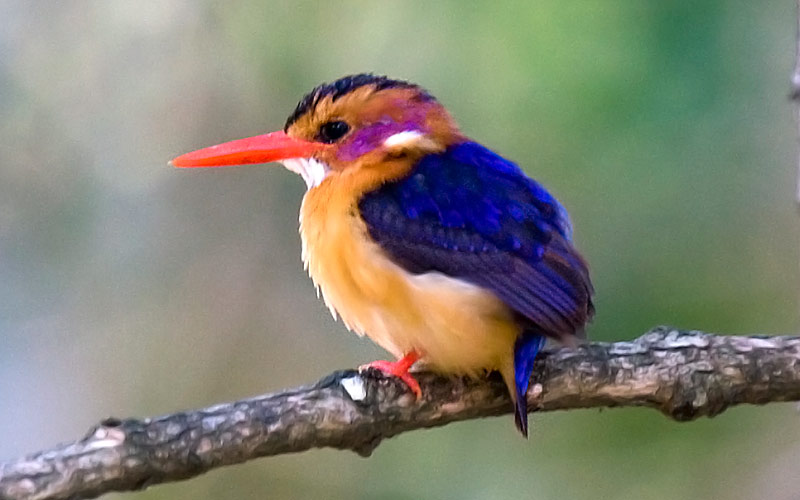
Taken Ethiopia 2011
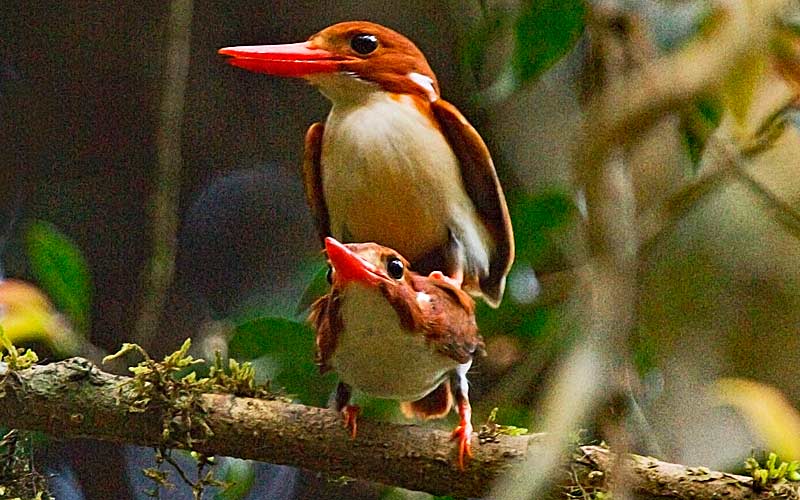
Taken Madagascar 2013
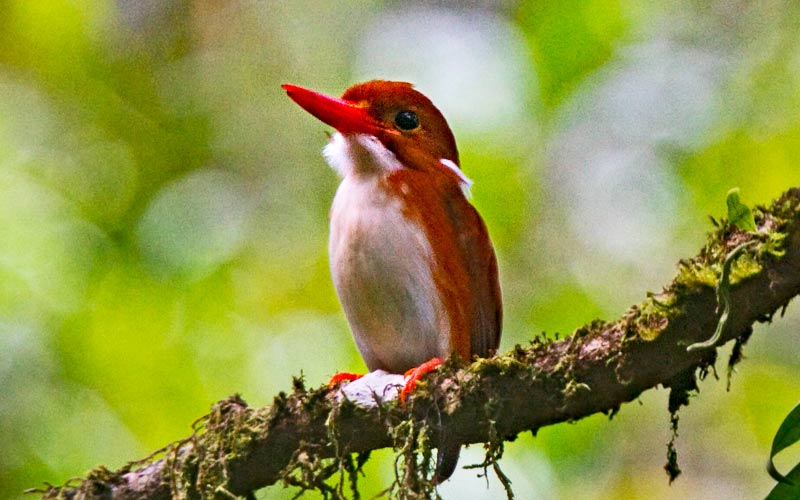
Taken Madagascar 2013
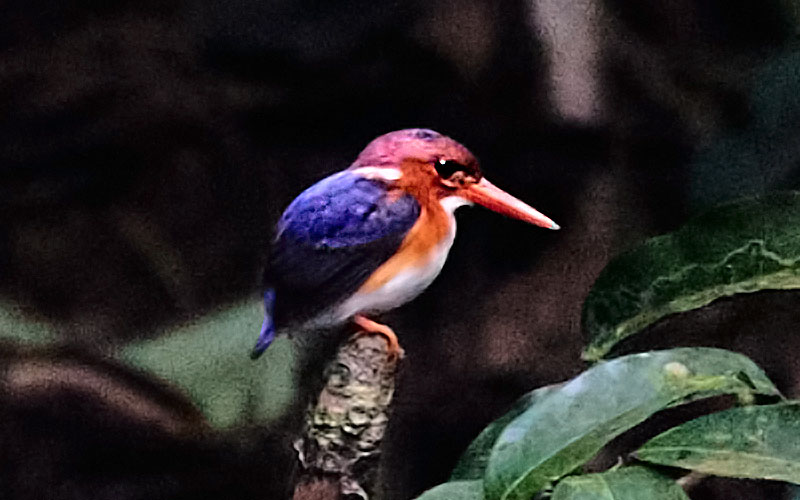
Taken Ghana 2024
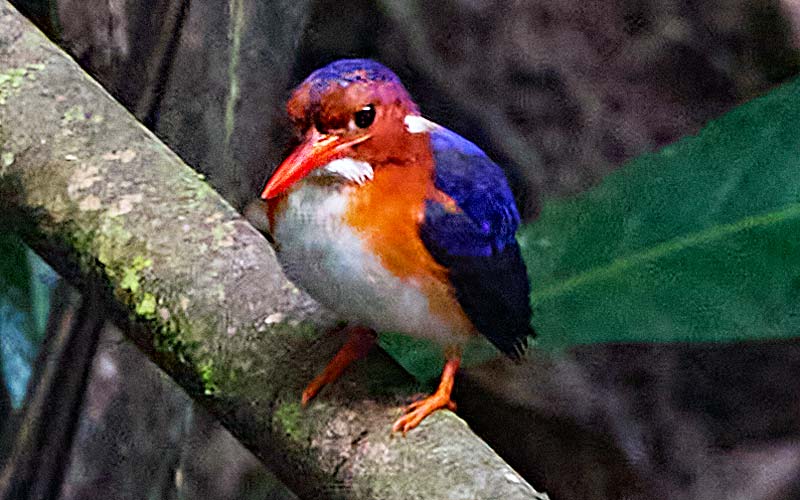
Taken Ghana 2024
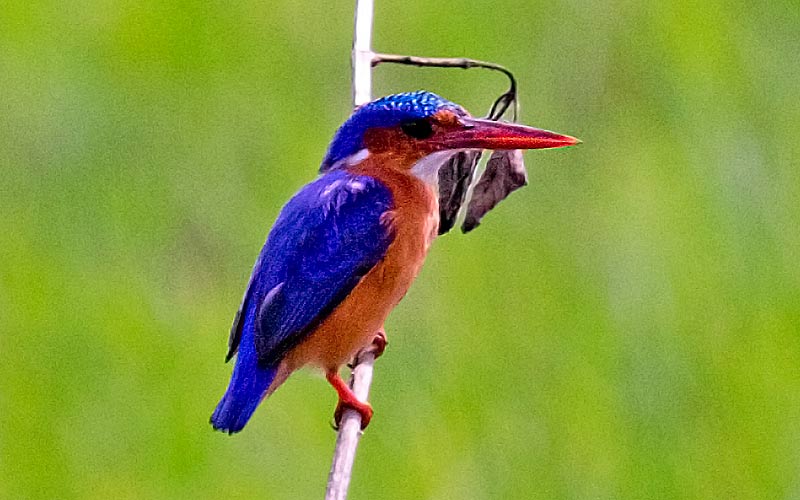
Taken Uganda 2016
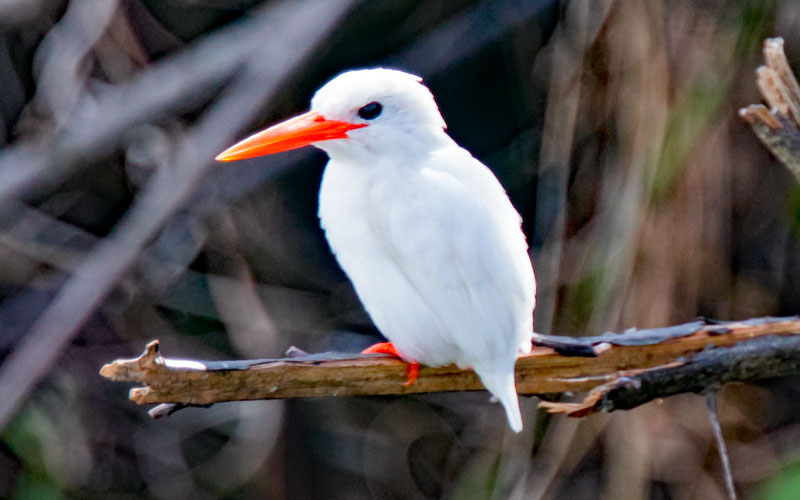
Taken Uganda 2016
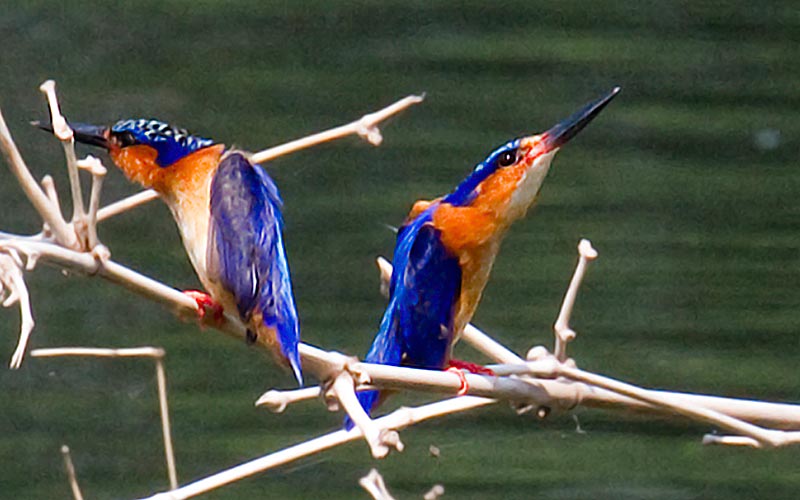
Taken Madagascar 2013
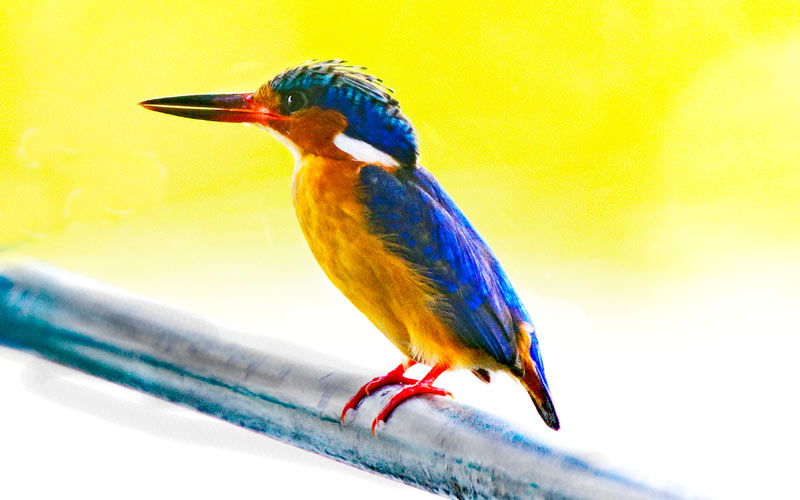
Taken Madagascar 2013
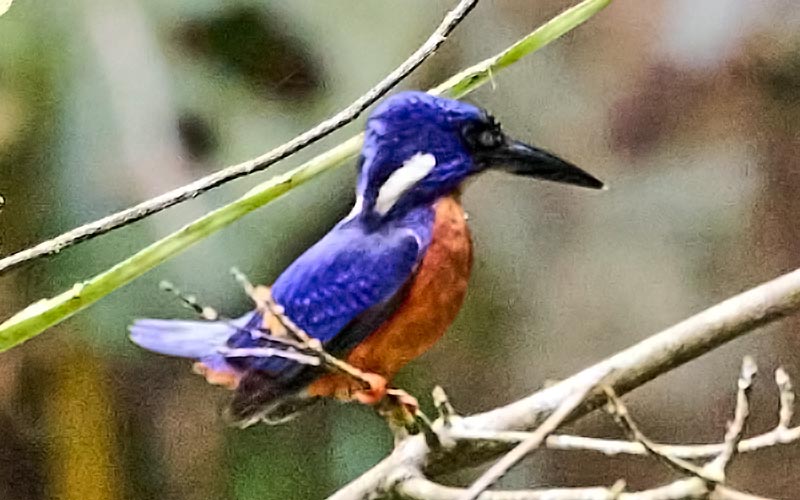
Taken Ghana 2024
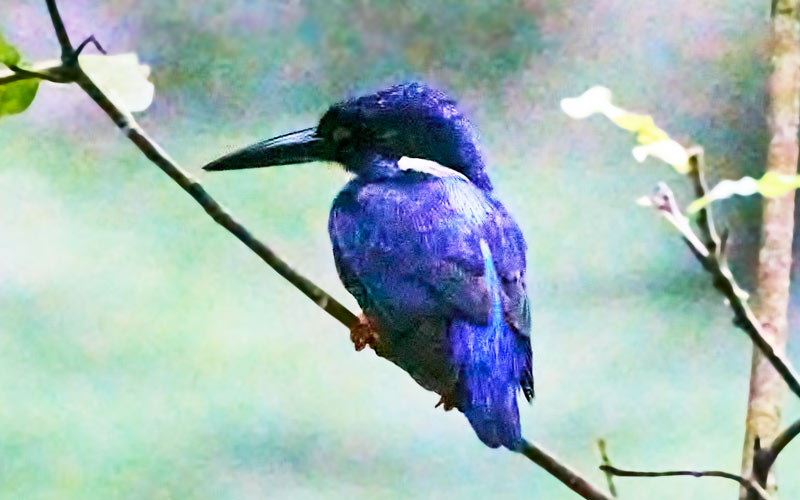
Taken Ghana 2024
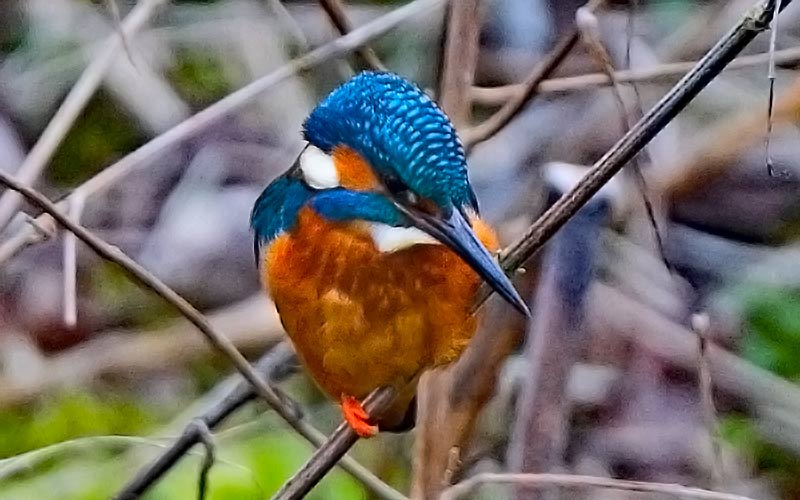
Taken Norfolk 2012
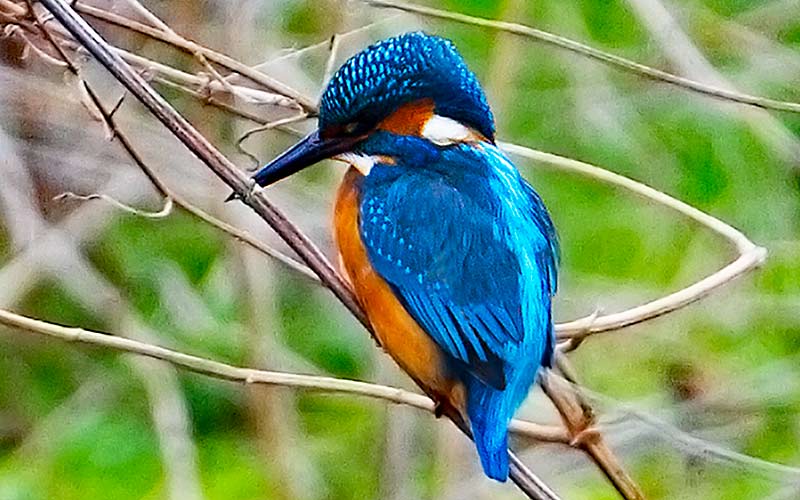
Taken Norfolk 2012
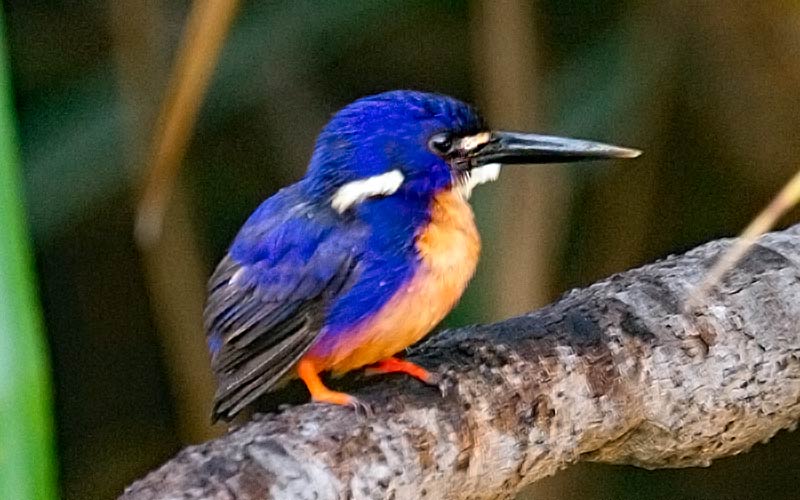
Taken Northern Territory 2012
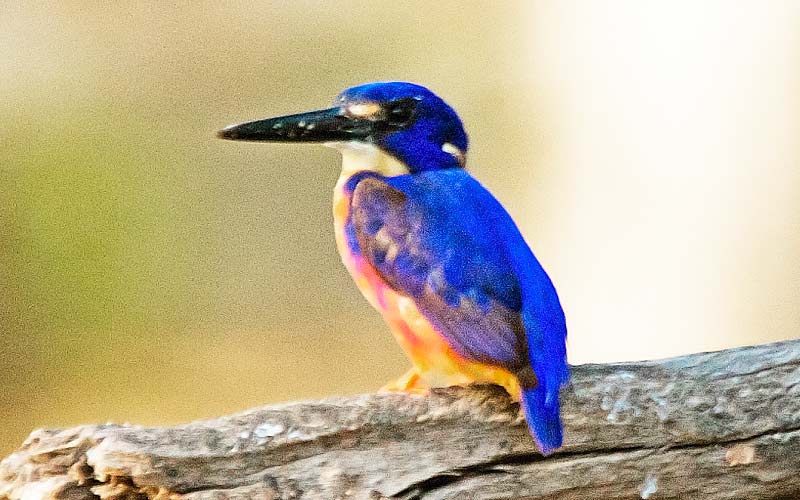
Taken Queensland 2019
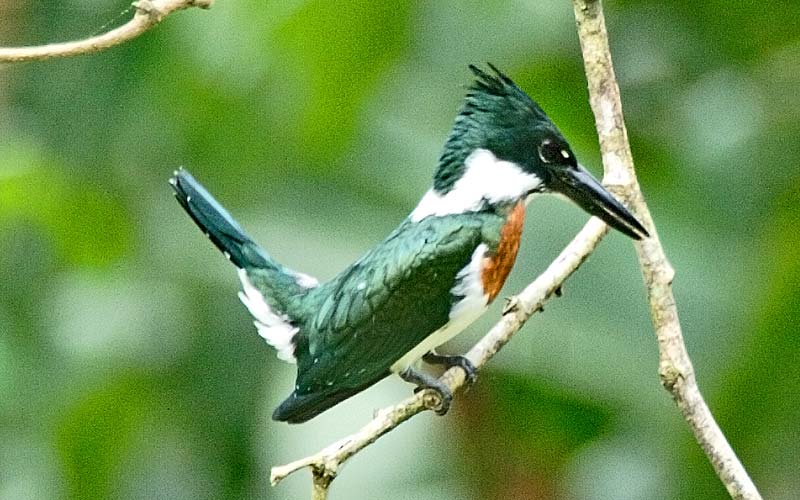
Taken Venezuela 2006 male
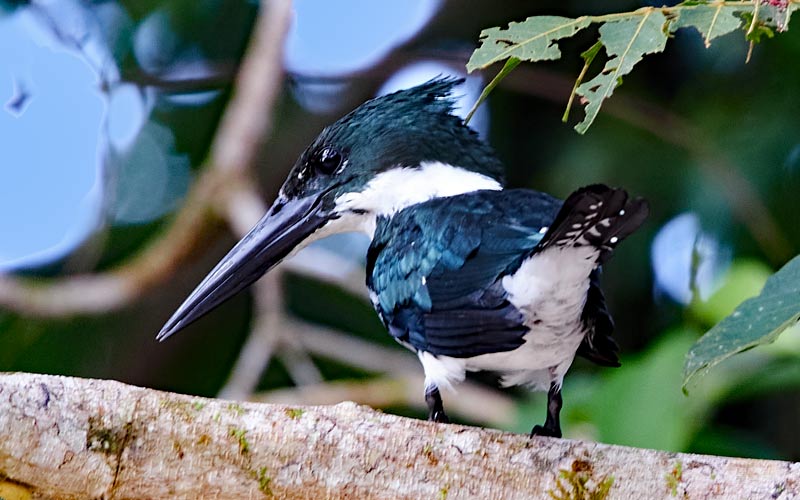
Taken Costa Rica 2022 female
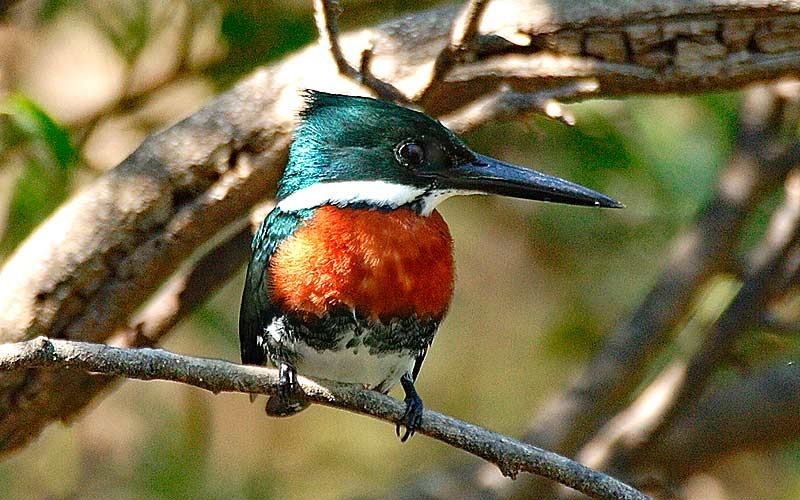
Taken Venezuela 2006 male
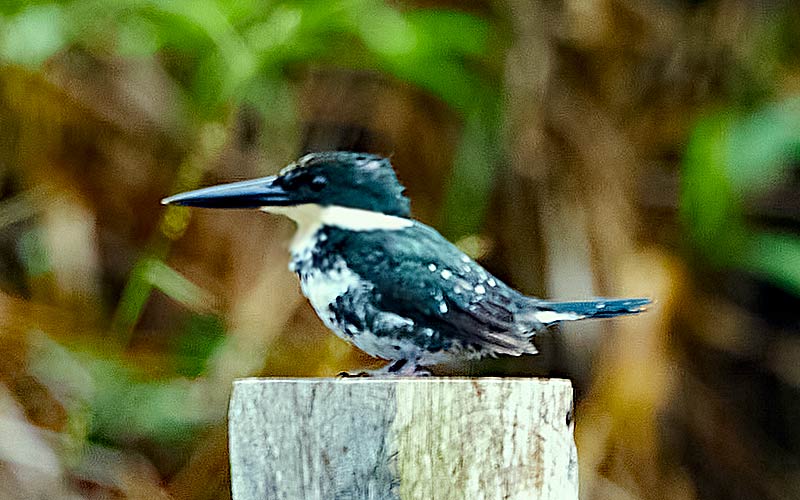
Taken Costa Rica 2022 female
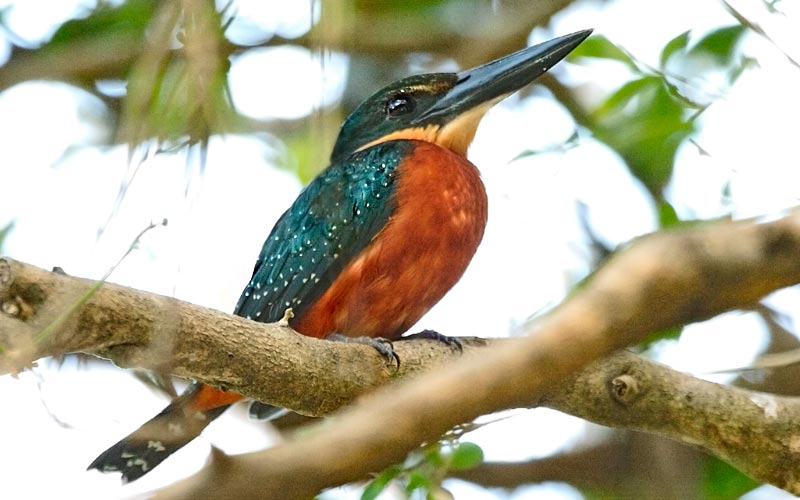
Taken Venezuela 2006
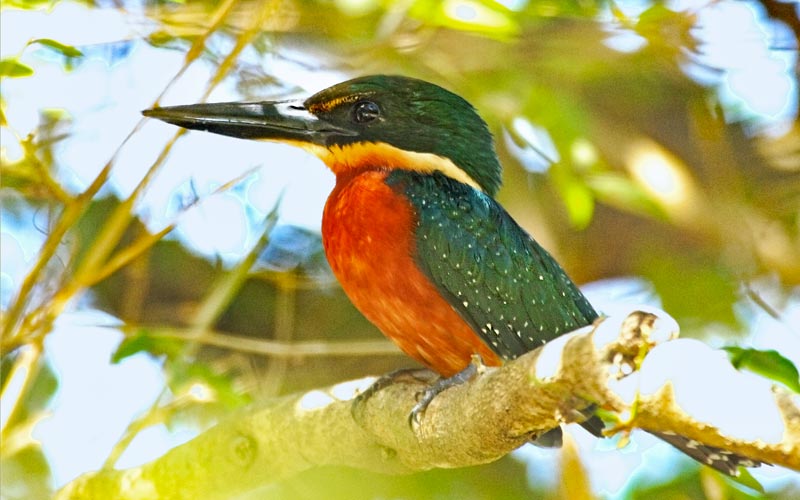
Taken Venezuela 2006
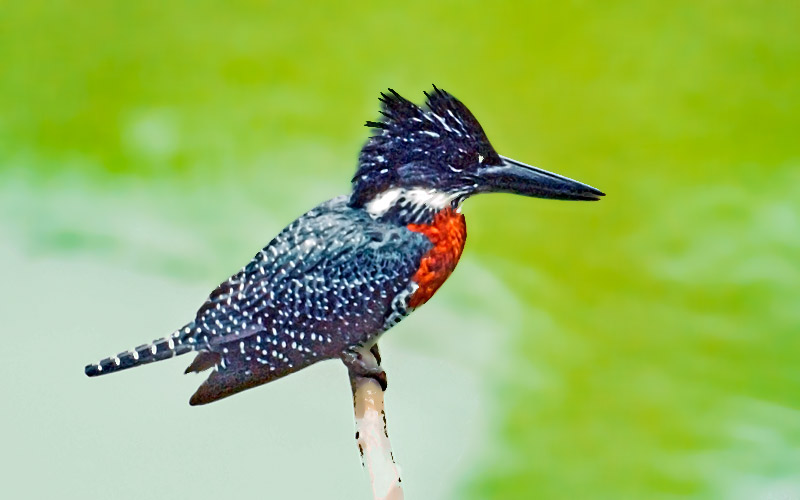
Taken Gambia 1991

Taken Gambia 1991

Taken Venezuela 2006 male
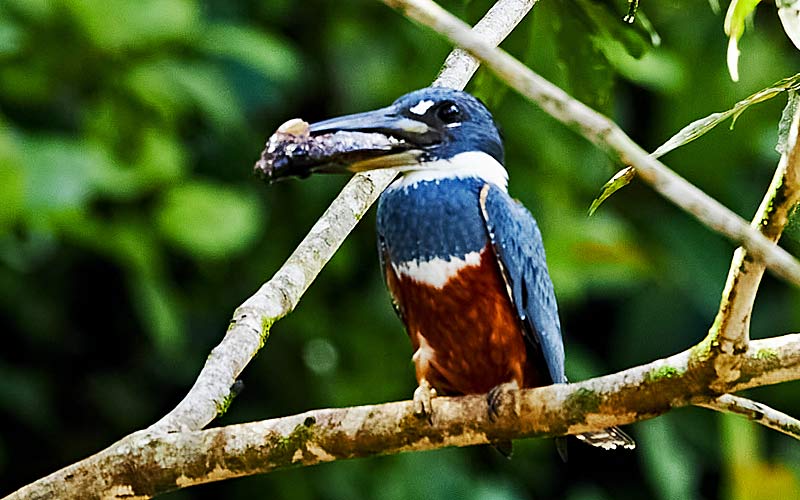
Taken Costa Rica 2022 female
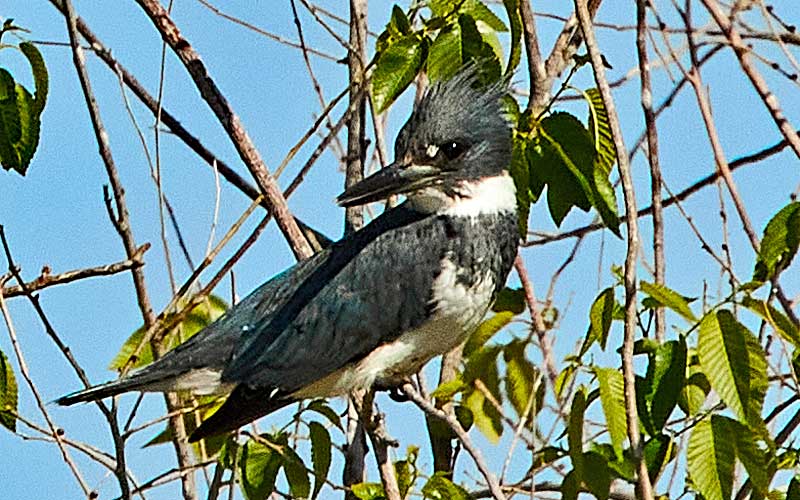
Taken Arizona 2022
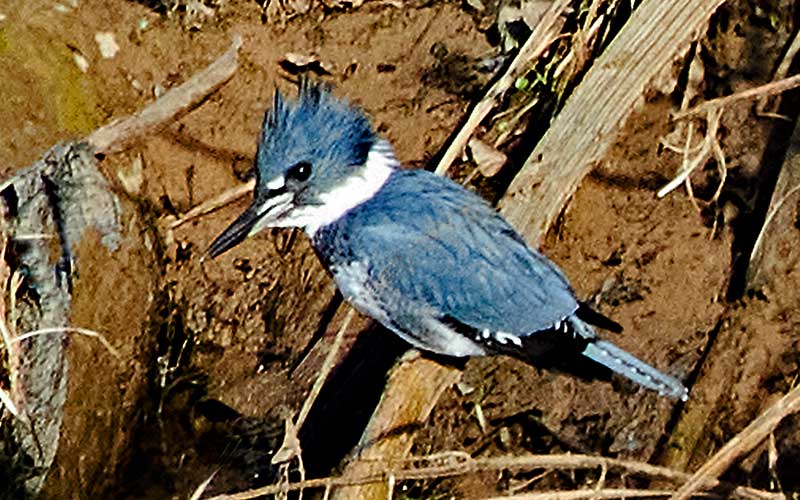
Taken Lancashire 2021

Taken Sri Lanka 2023 female subsp.leucomelanurus
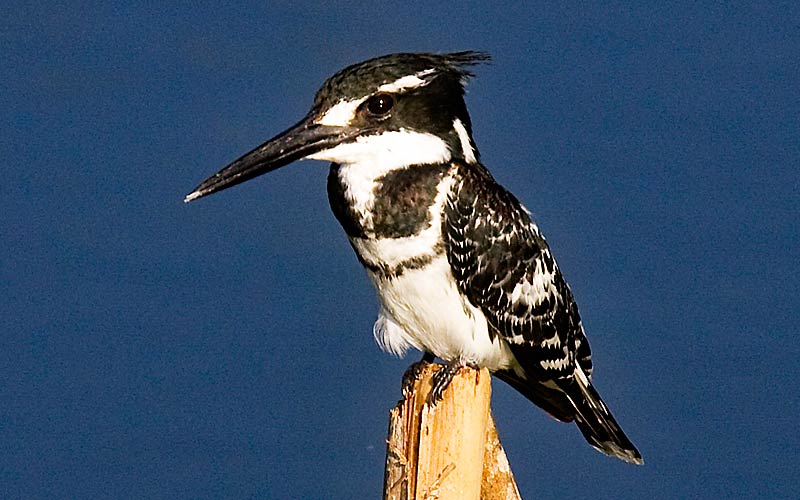
Taken Ethiopia 2011 male nominate
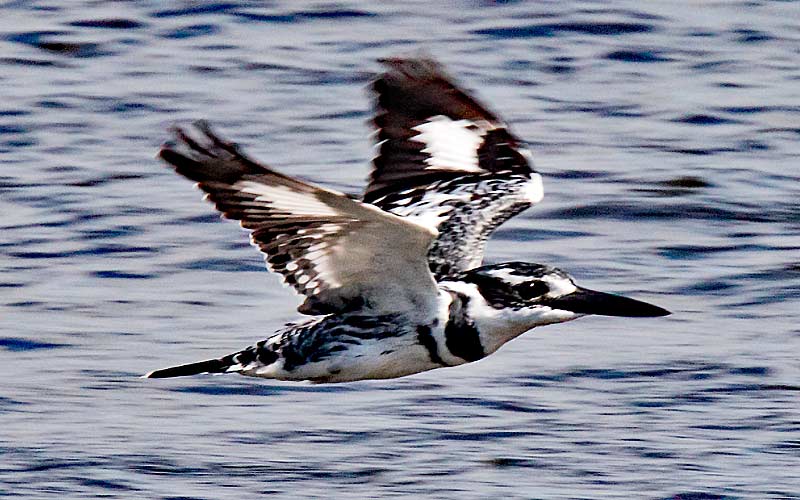
Taken Uganda 2016 male nominate

Lesson's Motmot Momotus lessonii Costa Rica
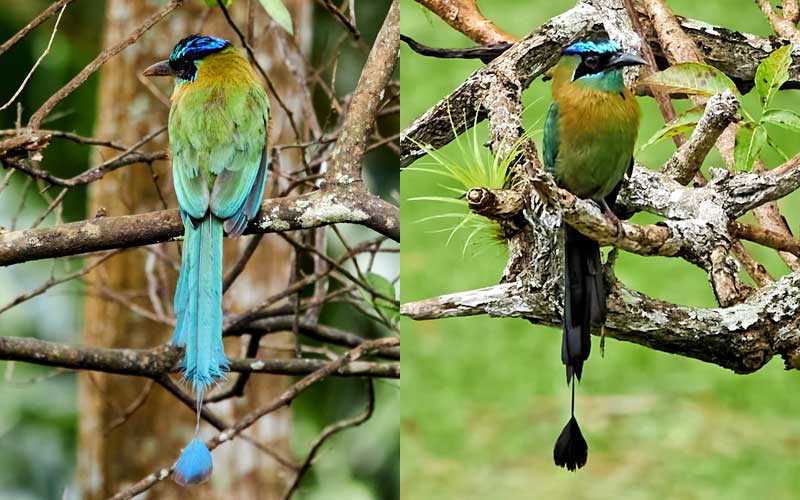
Lesson's Motmot Momotus lessonii Costa Rica 2023Formerly part of Blue-headed Motmot, that species was split in to five, although this bird still has three subspecies
from Mexico to Panama. The nominate race is found widely in Costa Rica.
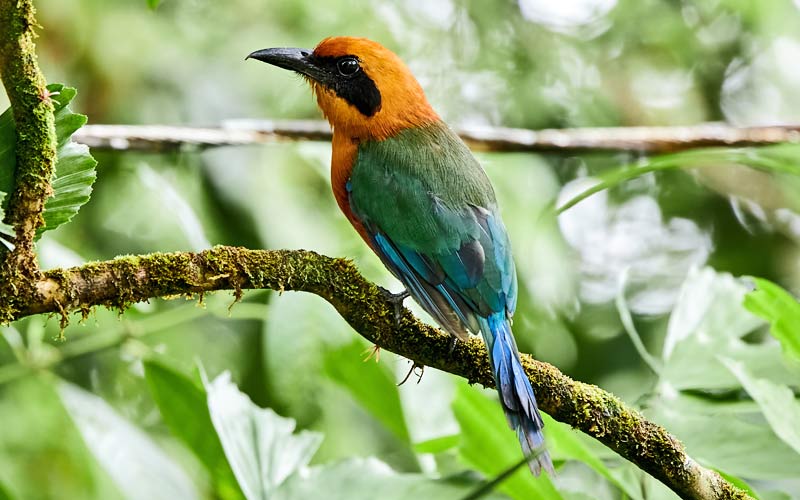
Rufous Motmot Baryphthengus martii Costa Rica 2023Until visiting Costa Rica we had never seen a Motmot, although we had missed them in several countries. They sit quietly in forest areas and can be very unobtrusive,
but all three species here seemed just the opposite.
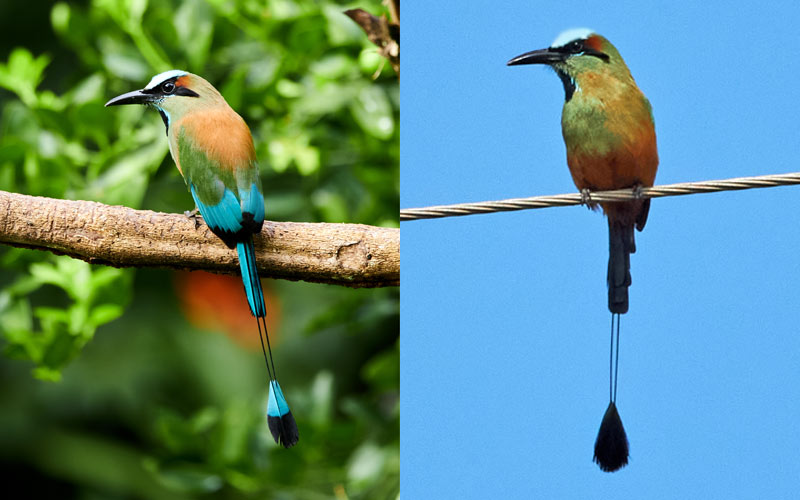
Turquoise-browed Motmot Eumomota superciliosa australis Costa RicaLess wide-ranging than some, this beautiful motmot has seven subspecies from Mexico to north-west Costa Rica. This bird was
hunting in the open near ariver bridge.
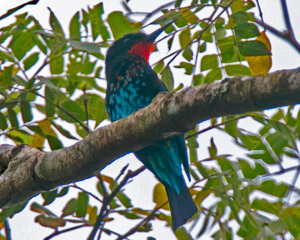
Black Bee Eater Merops gularis Uganda 2016This is one of the most sought after Bee-eaters. A site in Uganda was disturbed by road construction, eventually after five
visits we found a few birds in trees. Sadly abandoned nest burrows were everywhere.

Swallow-tailed Bee-eater Merops hirundineus Ghana 2024 All the Bee-eaters I have photographed are in the genus Merops, most are multicoloured, but often there is variation,
especially green and orange tones. Subsp. chrysolaimus
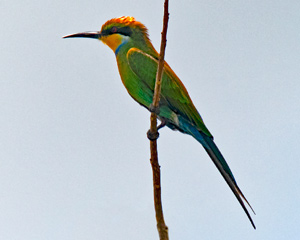
Swallow-tailed Bee-eater Merops hirundineus Uganda 2016 Found in much of subsaharan Africa except rainforest regions, it has four suspecies. We have seen them in
Namibia and Gambia also. Subsp.furcatus
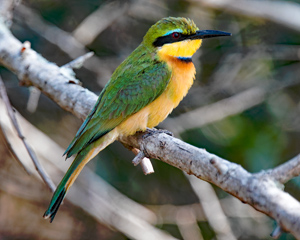
Little Bee Eater Merops pusillus Uganda 2016This is one of the most sought after Bee-eaters. A site in Uganda was disturbed by road construction, eventually after five
visits we found a few birds in trees. Sadly abandoned nest burrows were everywhere.
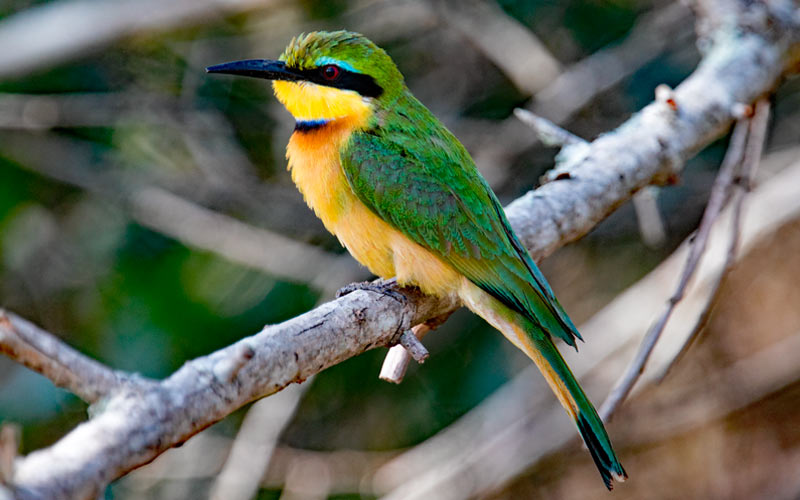
Little Bee Eater Merops pusillus All the Bee-eaters I have photographed are in the genus Merops, most are multicoloured, but there is variation,
especially green and orange tones. This is the smallest bee-eater. Subsp. chrysolaimus
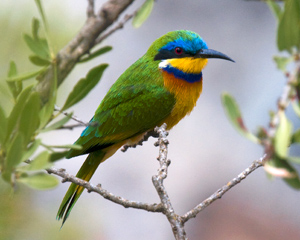
Blue-breasted Bee-eater Merops hirundineus Uganda 2016 An attractive species, similar in plumage to Little, but about 1.5 inches larger. Found in parts of
Central Africa, in open areas, seems to like marshes.
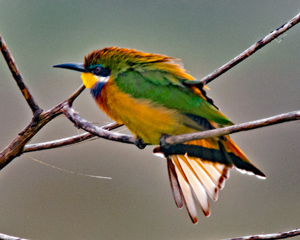
Blue-breasted Bee-eater Merops hirundineus Uganda 2016This is one of the most sought after Bee-eaters. A site in Uganda was disturbed by road construction, eventually after five
visits we found a few birds in trees. Sadly abandoned nest burrows were everywhere.

Ethiopian Bee Eater Merops lafresnayii Ethiopia 2011 All the Bee-eaters I have photographed are in the genus Merops, most are multicoloured, but often there is variation,
especially green and orange tones. Subsp. chrysolaimus
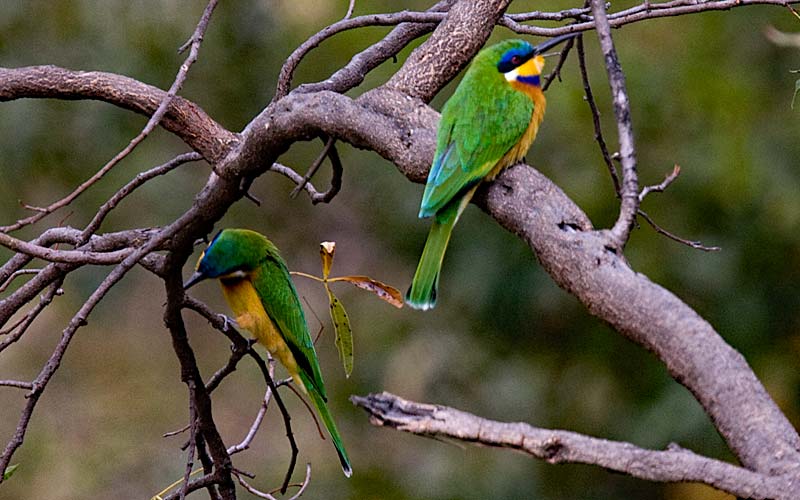
Ethiopian Bee Eater Merops lafresnayii Ethiopia 2011 Found in much of subsaharan Africa except rainforest regions, it has four suspecies. We have seen them in
Namibia and Gambia also. Subsp.furcatus
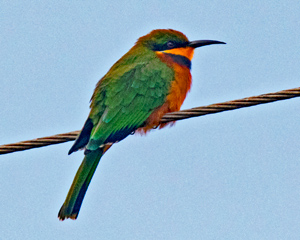
Cinnamon-chested Bee-eater Merops oreobates Uganda 2016Very similar to the previous two species, it has a fairly small range in East Africa from Sudan to Tanzania.
It is primarily a monotypic highland species, as is Ethiopian.
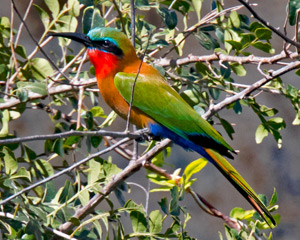
Red-throated Bee Eater Merops bulocki Ghana 2024An inhabitant of the Northern Tropics in Africa, the red throat is unique. Two subspecies occur, this is the western one,
which is the nominate. Birds are sedentary, but may wander.
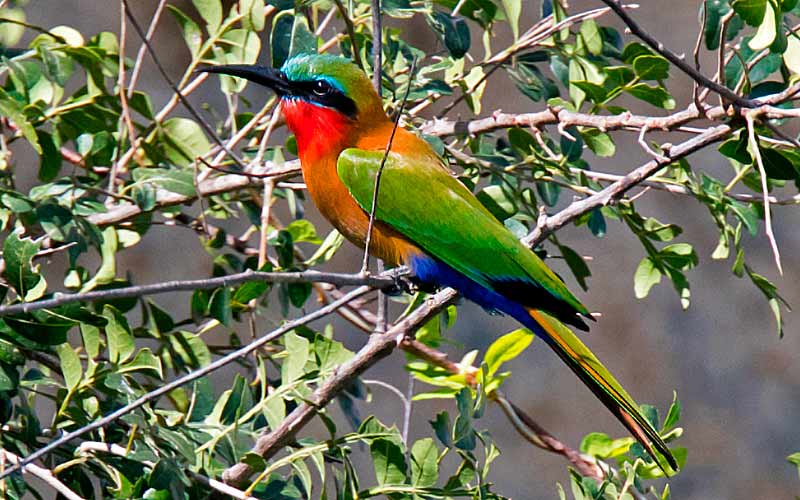
Red-throated Bee Eater Merops bulocki Uganda 2016Found in the west of the range this race can be distinguishrd by turquoise on the forehead and bordering the black eye band.
All birds are highly gregarious, breeding in large colonies. Subsp.frenatus
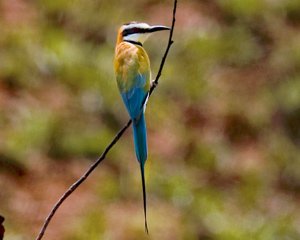
White-throated Bee-eater Merops albicollis Ghana 2024A striking Bee-eater, with its distinctive black and white head pattern, it is often abundant in the
central belt of Africa, and an intra-African migrant. We have seen them in several countries.

White-throated Bee-eater Merops albicollis Kenya 2010Breeding colonially on edges of desert regions just before the rains, but subject to
great mortality if the rains fail. As well as insects it has the peculiar habit of catching skin strips of palm fruit dropped by squirrels.

White-throated Bee-eater Merops albicollisWintering in woodlands, often in family groups, juveniles are buffier overall with greener backs, and have no central tail feathers
intially, whereas adults have very long ones.
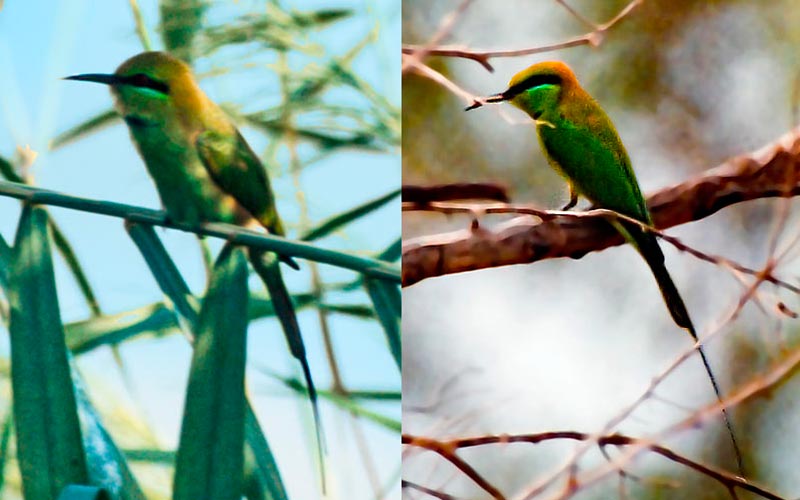
African Green Bee-eater Merops viridissimus Egypt 1994/Gambia 1991Little Green Bee-eater was split in to three species recently, showing regional variation. The
only shots of the African species are from old slides.
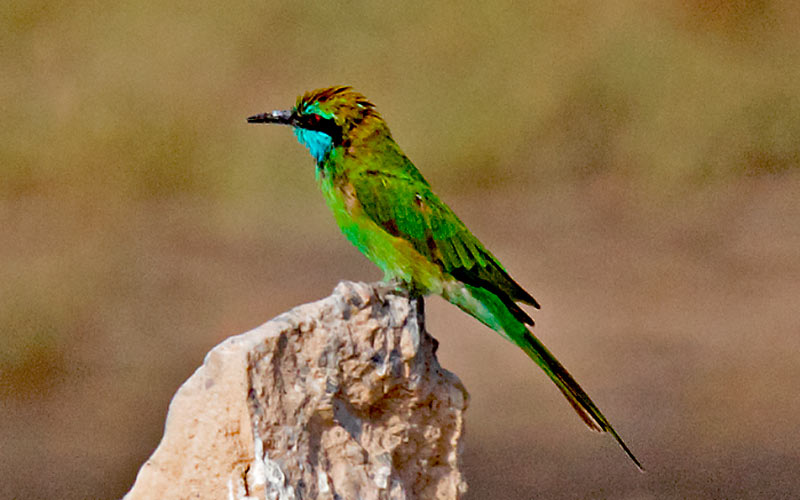
Arabian Green Bee-eater Merops cyanophrys Dubai 2016Two subspecies inhabit southern Israel and the Arabian Peninsular. This is the only bird I have photographed, in a barren
area in Dubai. The turquoise eyebrow is distinctive.
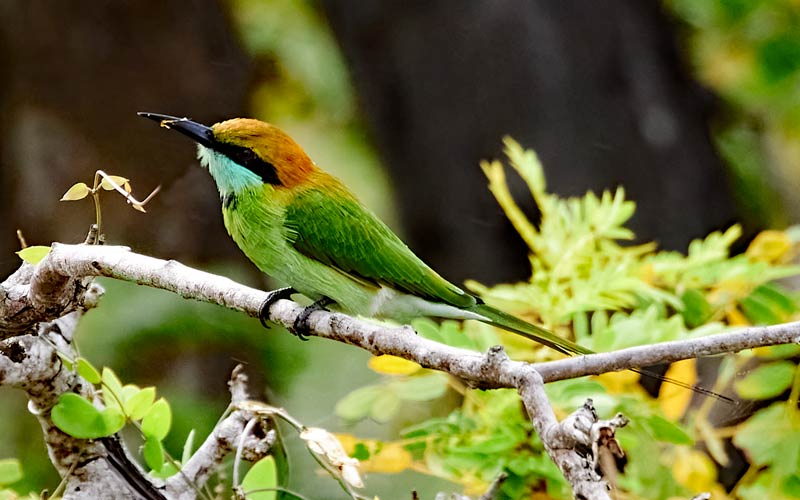
Asian Green Bee-eater Merops orientalis Sri Lanka 2023Found in the west of the range this race can be distinguishrd by turquoise on the forehead and bordering the black eye band.
All birds are highly gregarious, breeding in large colonies. Subsp.frenatus
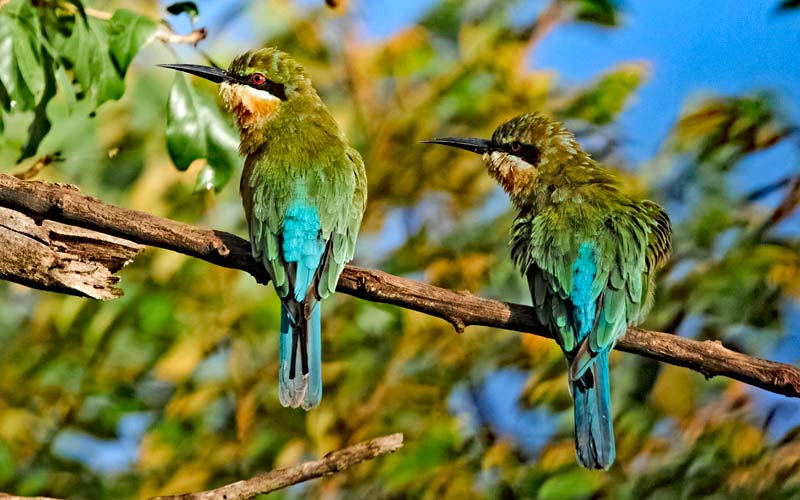
Asian Green Bee-eater Merops orientalis Sri Lanka 2023Widespread in India, Sri Lanka and southeast Asia. These are young birds, as denoted by the short tail streamers which
grow from above the other tail feathers.
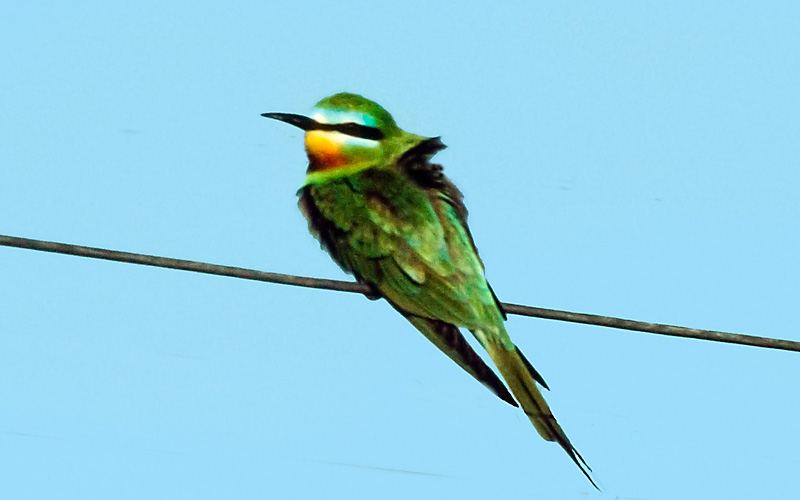
Blue-cheeked Bee-eater Merops persicus Kazakhstan 1992There has been much taxonomic debate about the next three species, all being treated as persicus at one time.
Two subspecies are within the original, disjunctly from North Africa to northern India.
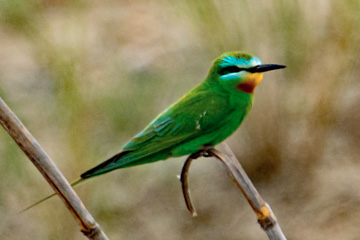
Blue-cheeked Bee-eater Merops persicus Armenia 2019Highly migratory, as far as parts of southern Africa, this has resulted in several records in the UK, the last in 2019.
Only two have been easily twitchable.
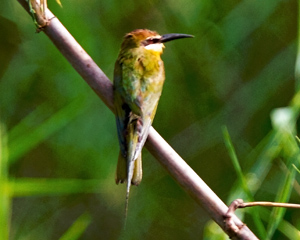
Olive Bee-eater Merops superciliosus Madagascar 2013At one time called Madagascar Bee-eater, the range of this species covers a much larger area, from Ethiopia
to Namibia, on desert edges. The Malagasy region is perhaps its stronghold.
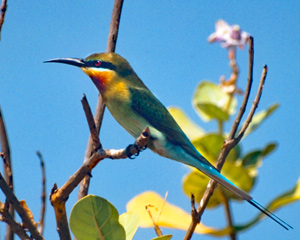
Blue-tailed Bee-eater Merops philippinus Sri Lanka 2023Widespread from India and Sri Lanka to the Phillipines and New Guinea, found in a wide range of somewhat
wetter habitats than Blue-cheeked and Olive.
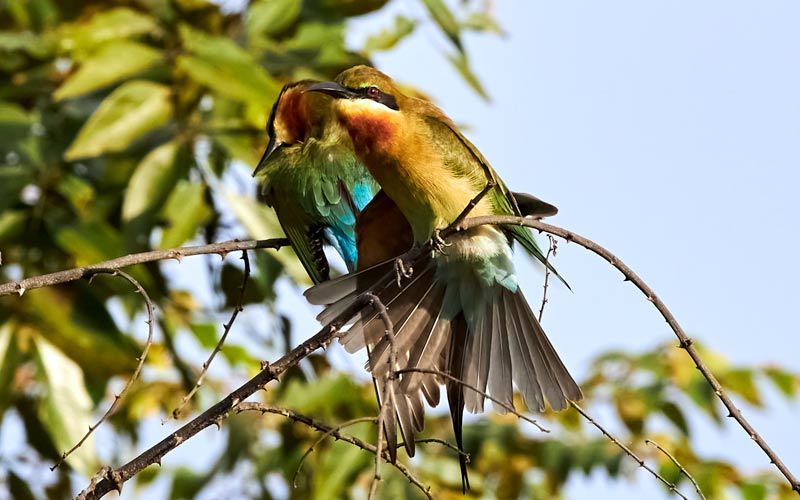
Blue-tailed Bee-eater Merops philippinus Sri Lanka 2023Recently several subspecies of this bird were lumped to make it monotypic. It overlaps with Rainbow Bee-eater
in New Guinea, movement south in winter is the norm.
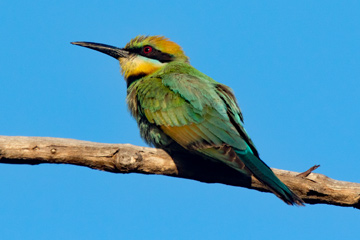
Rainbow Bee-eater Merops omatus Northern Territory 2012A near-endemic, some birds move north in winter to reach New Guinea, Sulawesi etc. It is
absent from Tasmania and commoner in the north. It formerly bred in New Guinea but according to the IOC no longer does.

Rainbow Bee-eater Merops omatus Western Australia 2012An attractive bee-eater, it pairs for life and is frequently found in pairs or small groups in open
areas. It seems more bound to areas where breeding tunnels can be excavated than anything else.
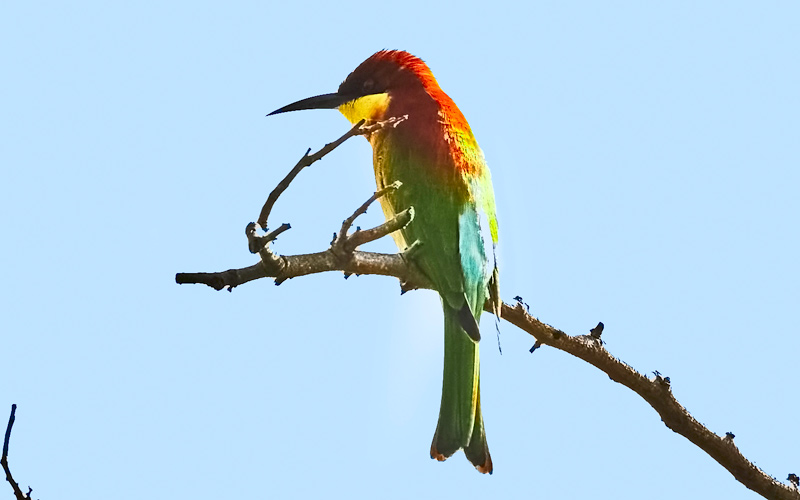
Chestnut-headed Bee-eater Merops leschenaulti Sri Lanka 2023Recently several subspecies of this bird were lumped to make it monotypic. It overlaps with Rainbow Bee-eater
in New Guinea, movement south in winter is the norm.
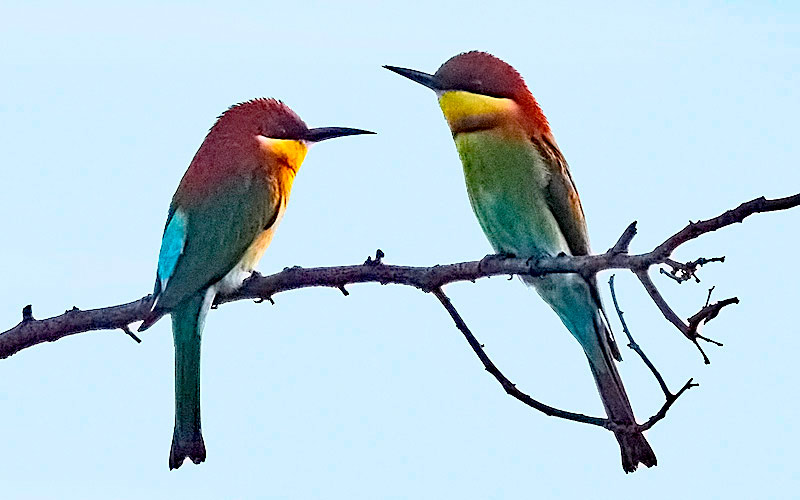
Chestnut-headed Bee-eater Merops leschenaulti Sri Lanka 2023A near-endemic, some birds move north in winter to reach New Guinea, Sulawesi etc. It is
absent from Tasmania and commoner in the north. It formerly bred in New Guinea but according to the IOC no longer does.
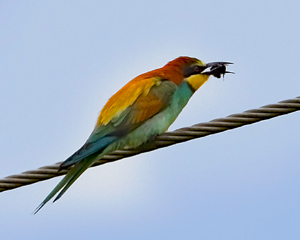
European Bee-eater Merops apiaster Armenia 2019Well-known to most UK birders as it is an almost annual visitor and has bred more than once this common
species is quite widespread and frequently seen in southern Europe.
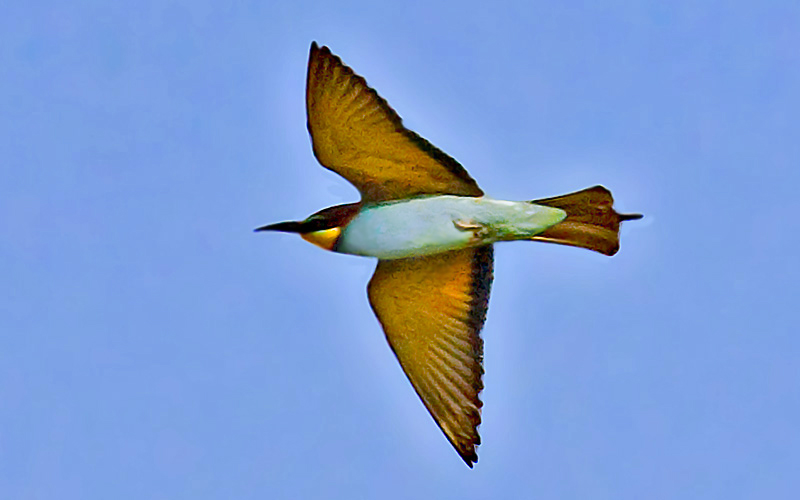
European Bee-eater Merops apiaster Egypt 2010Common as far east as Central Asia this bird mainly migrates to Africa, and there is a small breeding
population in north-west Africa, and strangely, in South Africa.
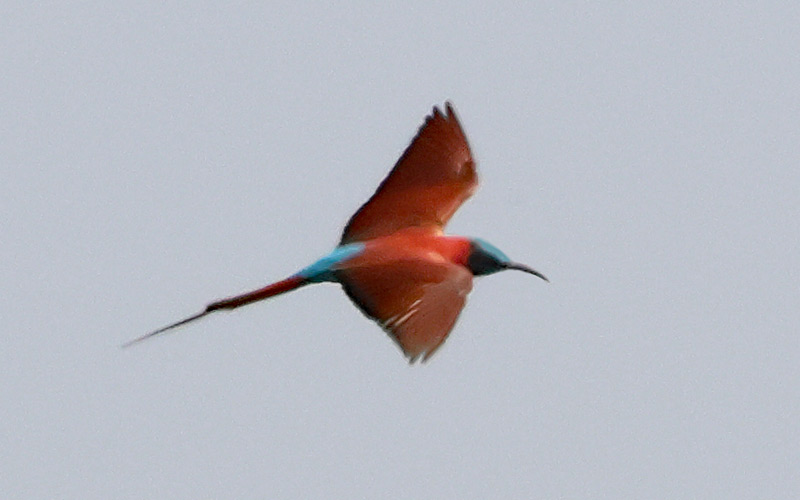
Northern Carmine Bee-eater Merops nubicus Ghana 2024The remaining three species of Bee-eaters all have carmine-pink underparts. Rosy, which we have seen
but not photographed is somewhat deeper in hue, with dark upperparts.
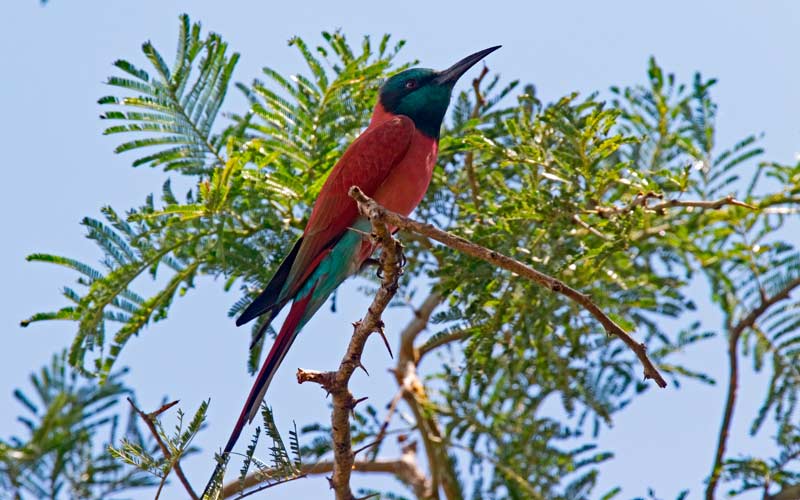
Northern Carmine Bee-eater Merops nubicus Uganda 2016There was only one Carmine Bee-eater at one time, but they were split in to Northern and Southern species.
Found in a band from west to east Africa, from Senegal to Somalia.
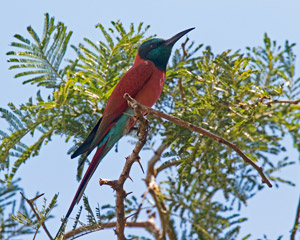
Northern Carmine Bee-eater Merops nubicus Ghana 2024Strongly gregarious although not always found in flocks, they usually breed in colonies. Where
a river bank extends far enough these can often number in thousands.
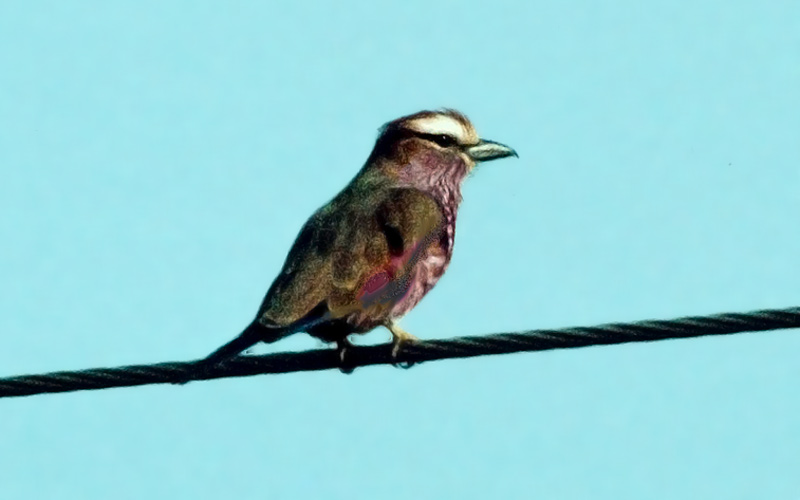
Purple Roller Coracias naevius Gambia 1991Formerly known as Rufous-crowned Roller, this is the largest Roller, but relatively uncommon. Although birds
forage in pairs they are often far apart, inhabiting open woodland and farmland.
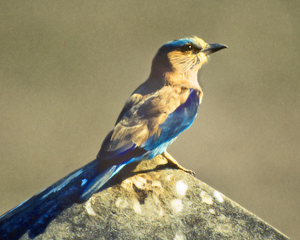
Indian Roller Coracias benghalensis Sri Lanka 2023There are two subspecies of Indian Roller, a third inhabiting south-east Asia has been split as
Indochinese Roller, it actually looks quite different, although we haven't seen it.
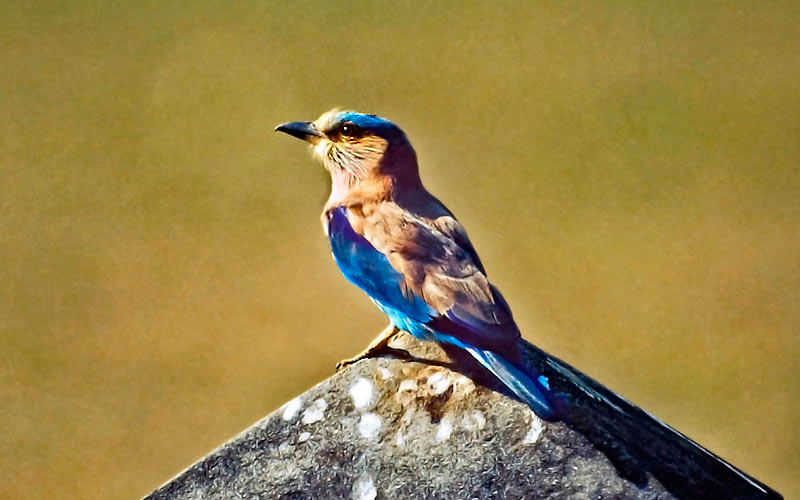
Indian Roller Coracias benghalensis Goa 1998Closely related to Purple Roller, it is much commoner, from Oman and Iran to Nepal and Sri Lanka. Birds can be found in flocks
in winter, when juveniles at least move long distances.
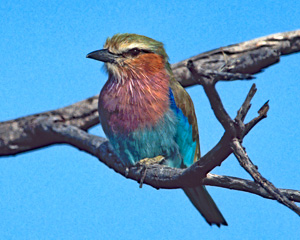
Lilac-breasted Roller Coracias caudatus Ethiopia 2011A common species in open country in Africa, this is the subspecies lorti, which has only the throat lilac.
It is confined to the Ethiopian region, meeting the nominate in northeast Kenya with no intergrades.

Lilac-breasted Roller Coracias caudatus Namibia 1999The nominate race, spread over a much wider area from Kenya to Namibia and much of South Africa. Often
seen sitting in the open on safari drives, we have seen them in several countries.
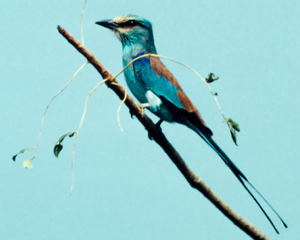
Abyssinian Roller Coracias abyssinicus Gambia 1991Found commonly in the northern tropics of Africa from Mauritania to Somalia, more aggresive and
noisy than most Rollers, it has probably the longest tail streamers.
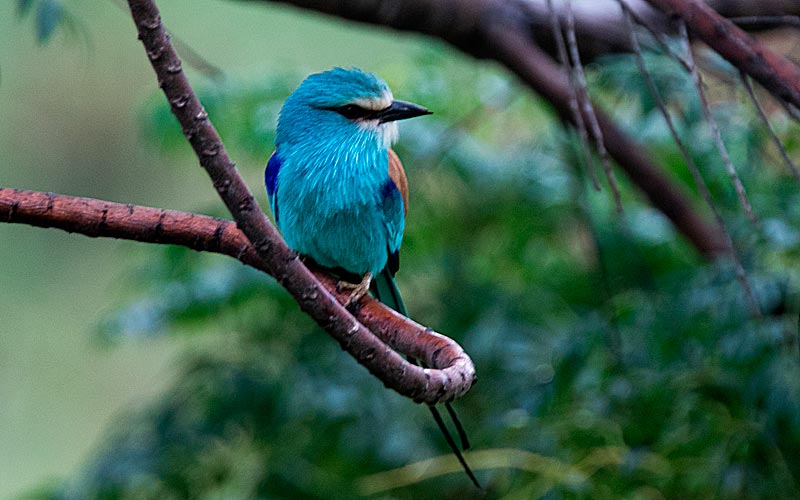
Abyssinian Roller Coracias abyssinicus Uganda 2016A very territorial bird, it lives in dry open woodland but readily enters gardens, being very
tolerant of humans, dogs etc. This shot was taken in our hotel garden.
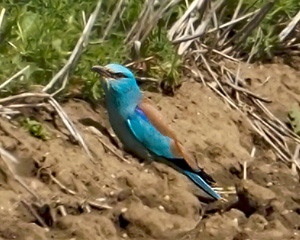
European Roller Coracias garrulus Armenia 2019Abundant from western Europe to parts of Siberia, this species mainly migrates to Africa, where it outnumbers the local
Coracias Rollers by a factor of 5-7.
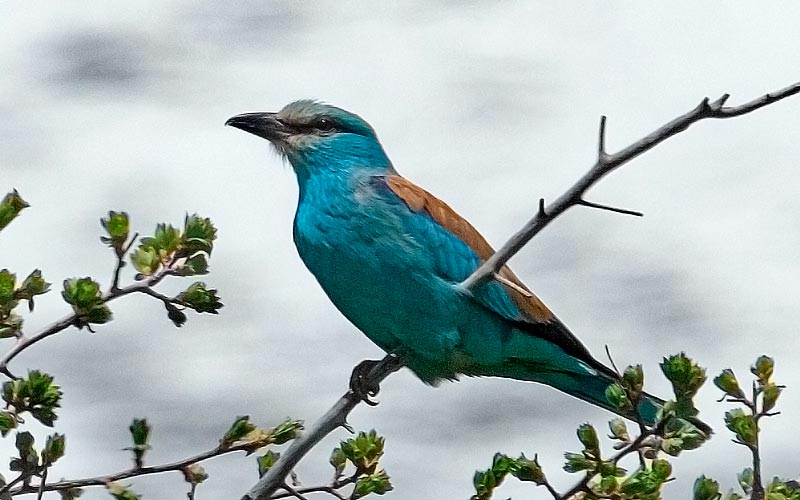
European Roller Coracias garrulus Armenia 2019Abundant from western Europe to parts of Siberia, this species mainly migrates to Africa, where it outnumbers the local
Coracias Rollers by a factor of 5-7.
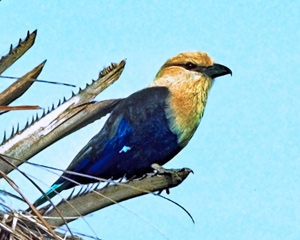
Blue-bellied Roller Coracias cyanogaster Gambia 1991This distinctive Roller is restricted to undisturbed savanna in West Africa, common in Gambia
but becoming increasingly rare towards the east. We missed them in Ghana, where they are uncommon.
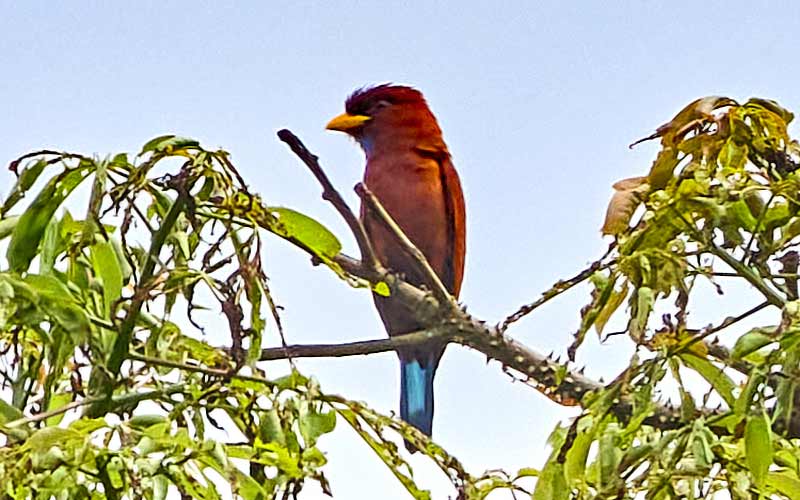
Blue-throated Roller Eurystomus gularis Ghana 2024Very similar to the next species, but much less common and with a restricted range from Guinea to Uganda.
They hunt above the canopy which makes photography difficult as they perch high in trees.
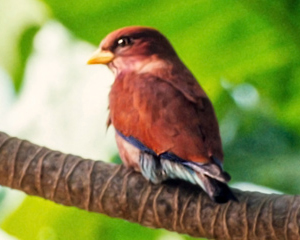
Broad-billed Roller Eurystomus glaucurus Uganda 2016This and Blue-throated Rollers are two of the four rollers in the genus Eurystomus. They tend to be
smaller and stockier than Coracias Rollers, and all have large, broad bills.
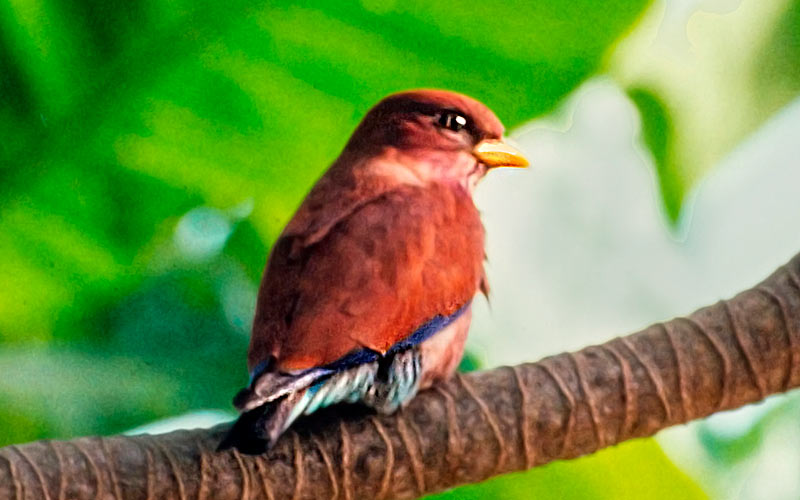
Broad-billed Roller Eurystomus glaucurus Gambia 1991There are four subspecies of this, spread throughout subsaharan Africa and Madagascar, with the exception of
the southern and western part of South Africa. It is not so tied to the top canopy.
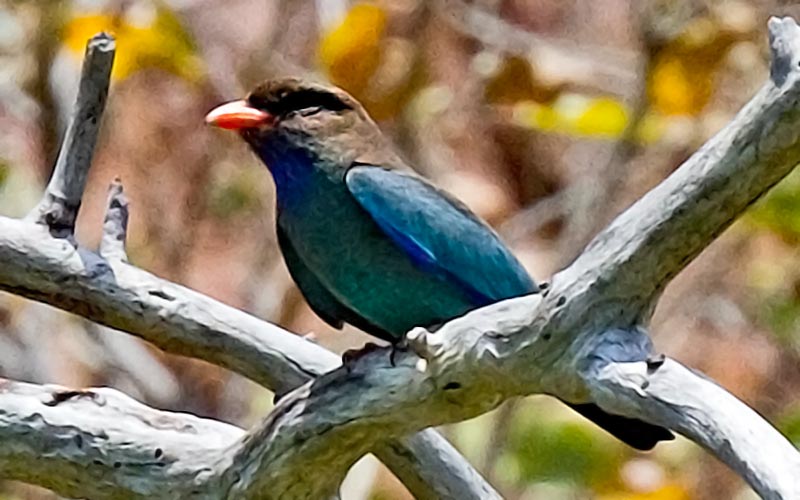
Oriental Dollarbird Eurystomus orientalis Northern Territory 2012 Two Dollarbirds complete this genus, although the second used to be called a Roller. This, formerly
called just Dollarbird, is a widespread bird from Northeast China to southeast Australia.
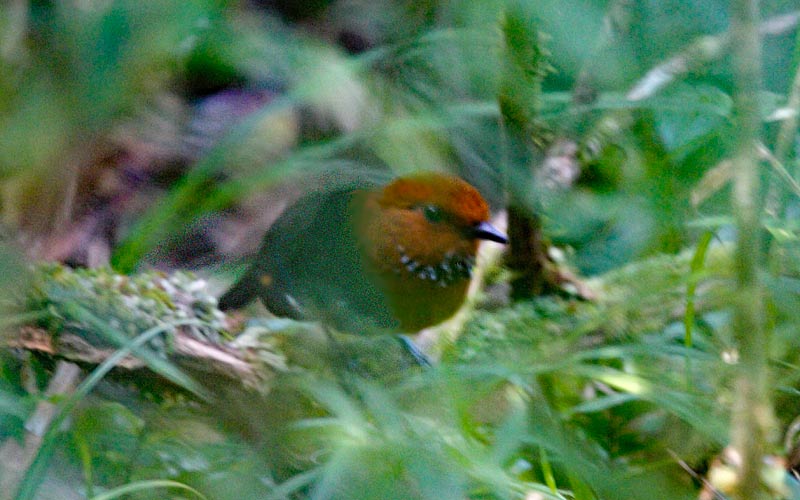
Rufous-headed Ground Roller Atelornis crossleyi Madagascar 2019Five Ground-rollers are endemic to Madagascar, in four genera. They are varied both in appearence and
behaviour, this is a real skulker, allowing only this poor record shot.
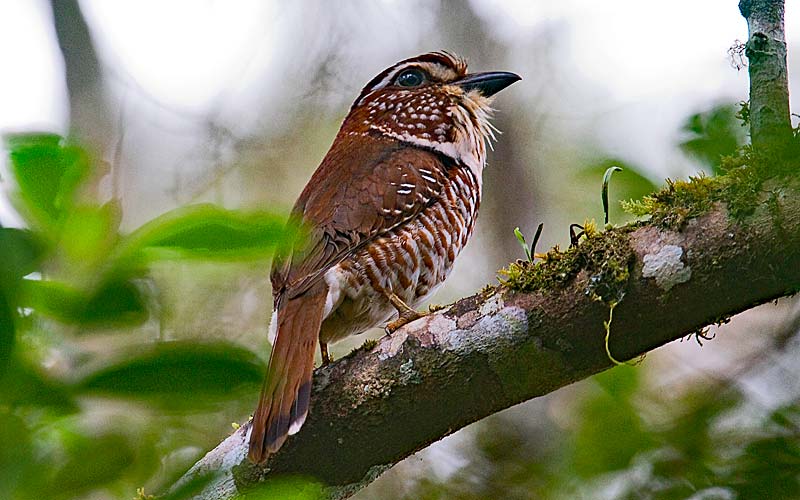
Short-legged Ground Roller Brachypteracias leptosomus Madagascar A monotypic genus, this bird is found in north-west and East Madagascar. It seems to
prefer closed forest, and is more arboreal than other species. It is thought to be the basal species of the family.

Short-legged Ground Roller Brachypteracias leptosomus Madagascar All ground-rollers are endemic to Madagascar, this is a lowland species and its legs are
indeed shorter than others in the family. It is listed as Vulnerable although its secretive nature makes numbers hard to assess.
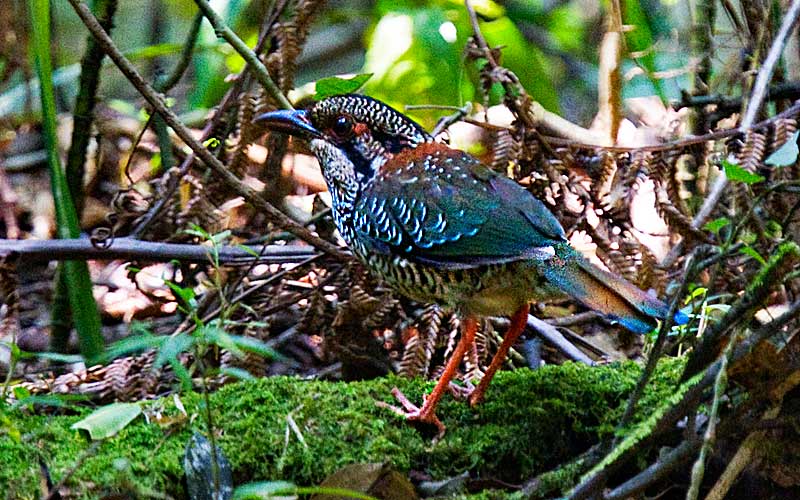
Scaly Ground Roller Geobiastes squamiger Madagascar 2019Another endemic monotypic genus, only found in lowland rainforest in Eastern Madagascar, a habitat
with few birds. Again listed as Vulnerable, it is chiefly a ground dweller, feeding on earthworms etc.
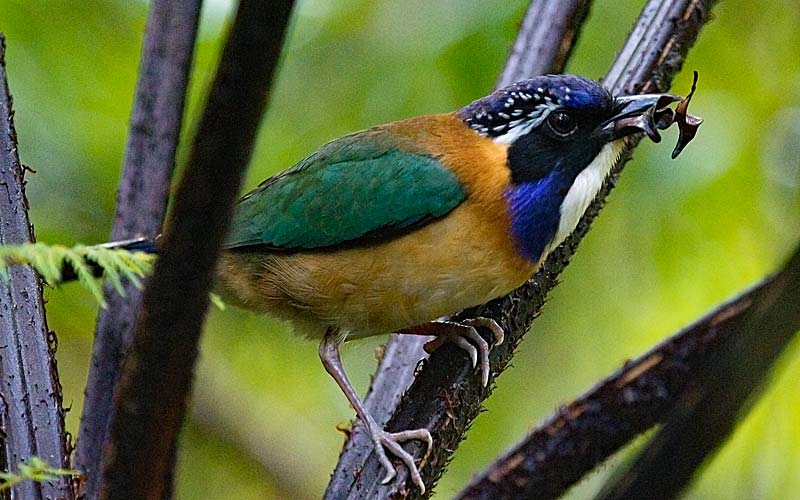
Pitta-like Ground Roller Atelornis pittoides Madagascar 2019A most imaginative name for this species which shares a genus with Rufous-headed. However,
it is far easier to see as it has the widest distribution, still primarily in the east, and is more common generally.
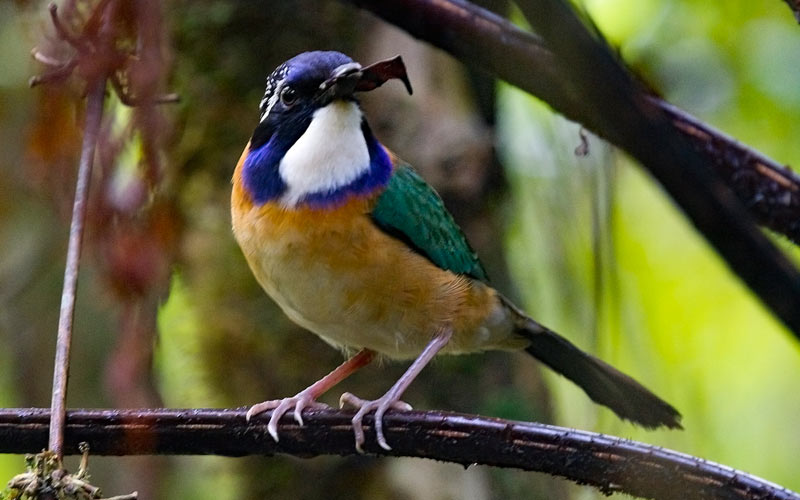
Pitta-like Ground Roller Atelornis pittoides Madagascar 2019Although it is largely terrestrial, it will often perch in low branches to look
for prey on the ground. It seems quite approachable, as these shots indicate.
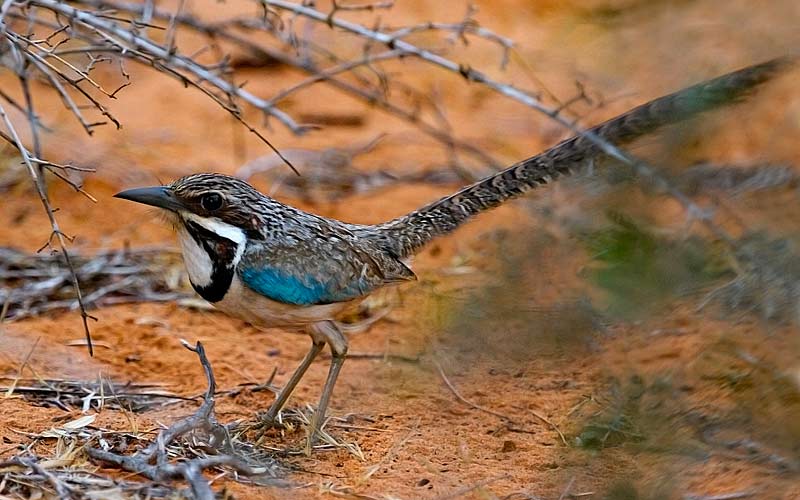
Long-tailed Ground Roller Uratelornis chimaera Madagascar 2019Confined to the spiny forest in a small coastal area of S.W.Madagascar, it is a thinly-distributed bird
, listed as Vulnerable. Females lose the tail when breeding.

